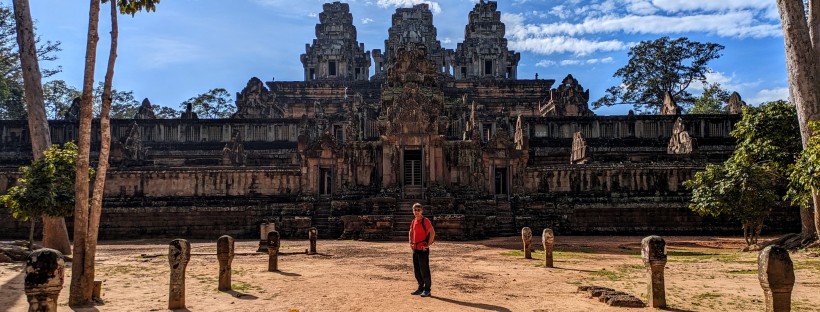Exploring the world-famous Angkor Wat and the rural countryside of Battambang
We’d made a huge mistake. Sitting in the bus station in Sihanoukville, waiting to catch a night bus north to Siem Reap, I read the reviews of the bus company with whom we were about to travel. “Cockroaches”, “missed connections”, and even “sexual assault” – words that I definitely did not want to read were appearing. Stories of spending the night sharing a double bed space with a random stranger, theft, and rude, hostile staff. I am a bad sleeper at the best of times, never having achieved more than 20 minutes of light dozing on a car, bus, or plane. I hated the night buses of Vietnam with a passion, having tried multiple times to overcome my stubborn awakeness while drivers took hairpin turns on bumpy roads at breakneck speeds. I’d sworn to never ride another one. But due to continued credit card malfunctions during our trip, we found ourselves unable to pay for anything online, and that included bus tickets. We were at the mercy of whatever bus companies happened to have an office nearby where we could show up and pay in cash. And that meant, in this case, we were stuck with the most poorly reviewed company in the country (like, a one star), the one that hostel websites warn against booking.
So for this trip, a 12 hour night bus from Sihanoukville on Cambodia’s south coast to Siem Reap in the north, I pulled out my best mental toughness strategy: low expectations. “I can sit in a dirty, maybe bug-infested, jarring, smelly, and uncomfortable space for 12 hours”, I told myself. I’d keep my bag with my valuables firmly in reach, and I had Chris around in case they tried to make me share a space with a stranger. It wouldn’t be nice, but I wouldn’t die. (I had yet to read any headlines along the lines of “30 dead due to manic bus driver in horrific crash”). As long as I arrived alive, that was all that I required of this bus ride.
Boarding the bus in the evening, I was cautiously optimistic. The bus seemed fine – nothing like the monster-infested bus from hell I’d been considering. Chris and I were directed to a double bunk on the top, and I was very pleased to see that the sheets and pillowcases of our bunk were crisp and fresh, and smelled freshly laundered. No bugs came crawling out of anything, and as we got underway, I was absolutely shocked to find that I could sleep. The bed was mercifully flat (sometimes they don’t recline all the way on night buses, and it’s horrible), and sharing a bunk with Chris meant that I rocked around less on sharp turns. The staff seemed fine, and made sure no one missed their midway stop at Phnom Penh.
What I thought might be the nightmare to end all night bus rides actually turned out to be the best ride of my life, and a milestone at that: I slept. Pretty much the whole way through the night. I even left a nice review for the bus company instructing others not to panic if they accidentally booked with the “bad company”. Things might just turn out okay.
Siem Reap
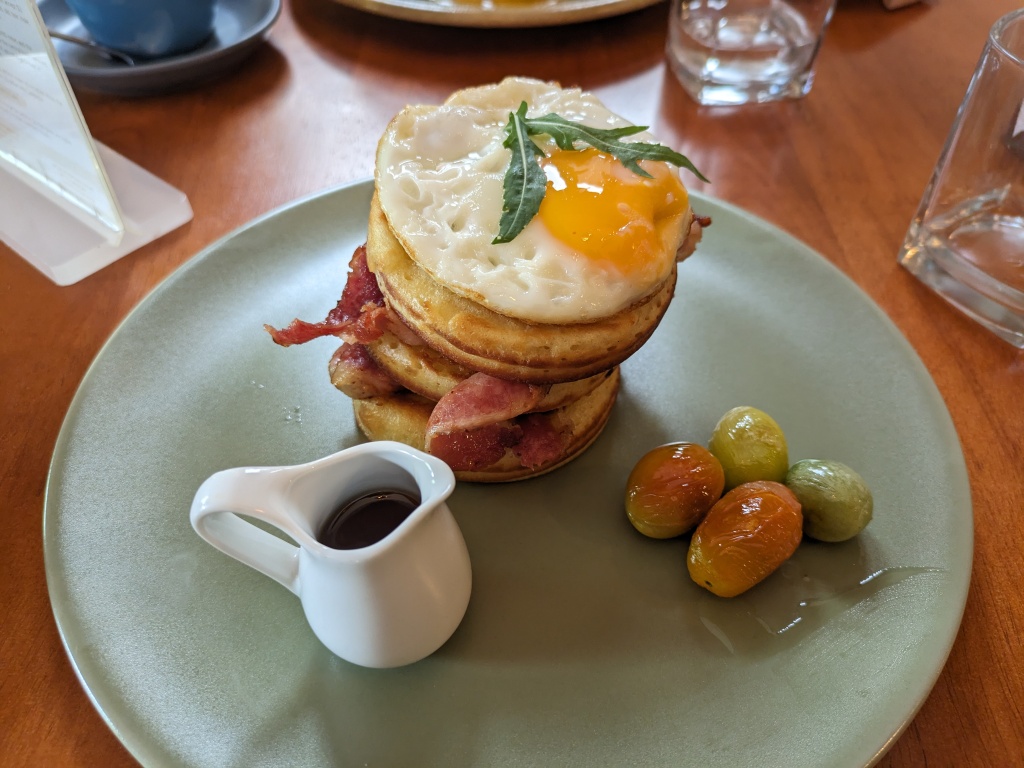
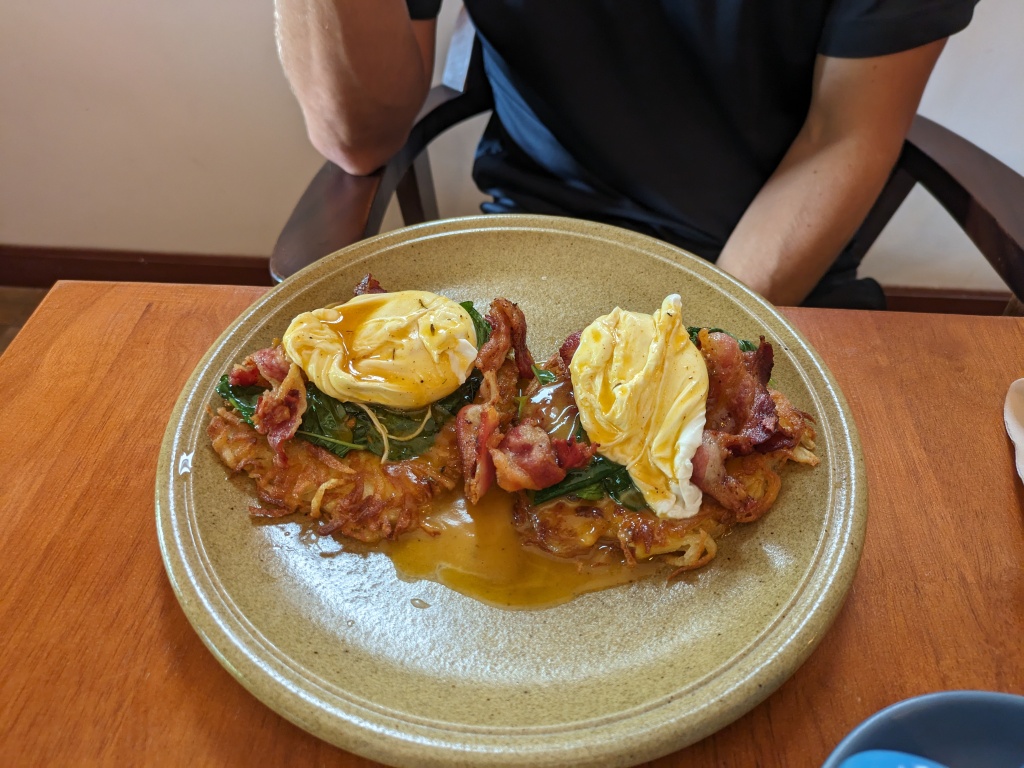
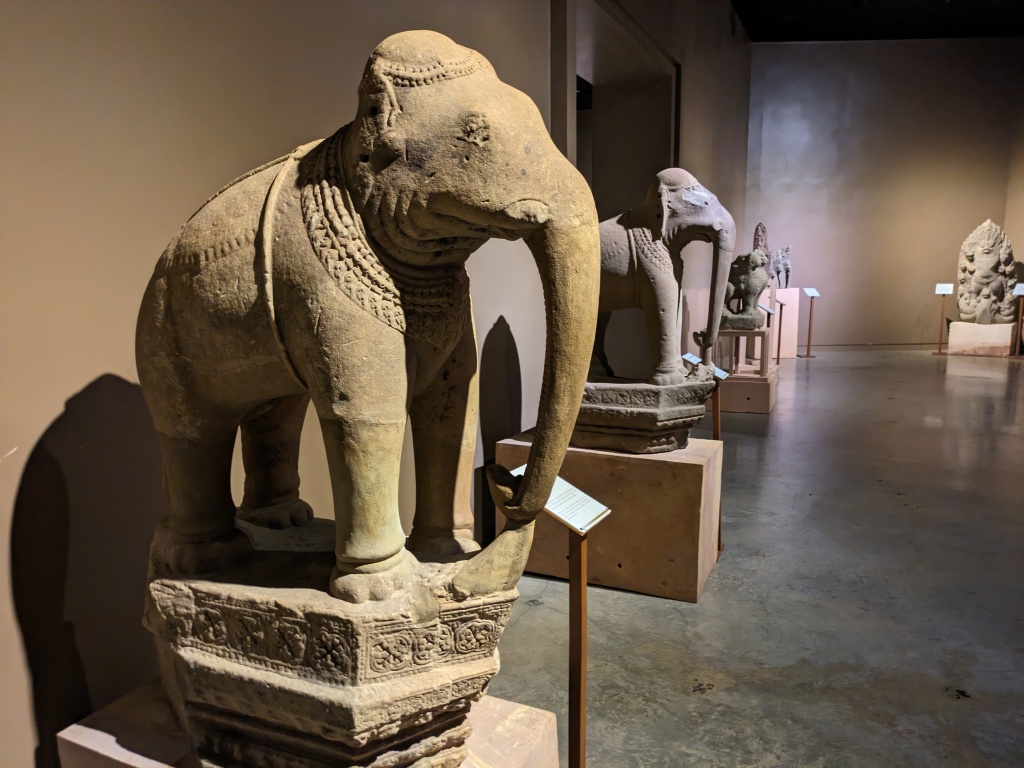
Our first morning in Siem Reap consisted of an excellent breakfast at the best cafe in the city (the Source Cafe), a good, strong coffee, then a visit to the museum to begin to get acquainted with the main attraction of the city, and indeed, the main attraction of the country: Angkor. The single most common reason anyone visits Cambodia is Angkor Wat, recently named the eighth wonder of the world (in fact, it was awarded this title only a few days after we visited!).
Angkor Wat is a massive stone temple and ancient city built in the 12th century just north of the modern city of Siem Reap, but the term is also used to broadly refer to the entire Angkor Archeological Park, a massive area (over 400 km squared) that contains dozens of ancient temples of the Khmer empire. Angkor Wat itself is the largest, grandest, and most famous temple of the park – it is literally on Cambodia’s flag. Look it up. It’s also the largest religious structure in the world. It is impossible to understate what this place means to Cambodian identity, as well as the economy; tourism to the Angkor Archeological Park accounts for a significant portion of the entire country’s GDP. And for good reason. It is astounding.
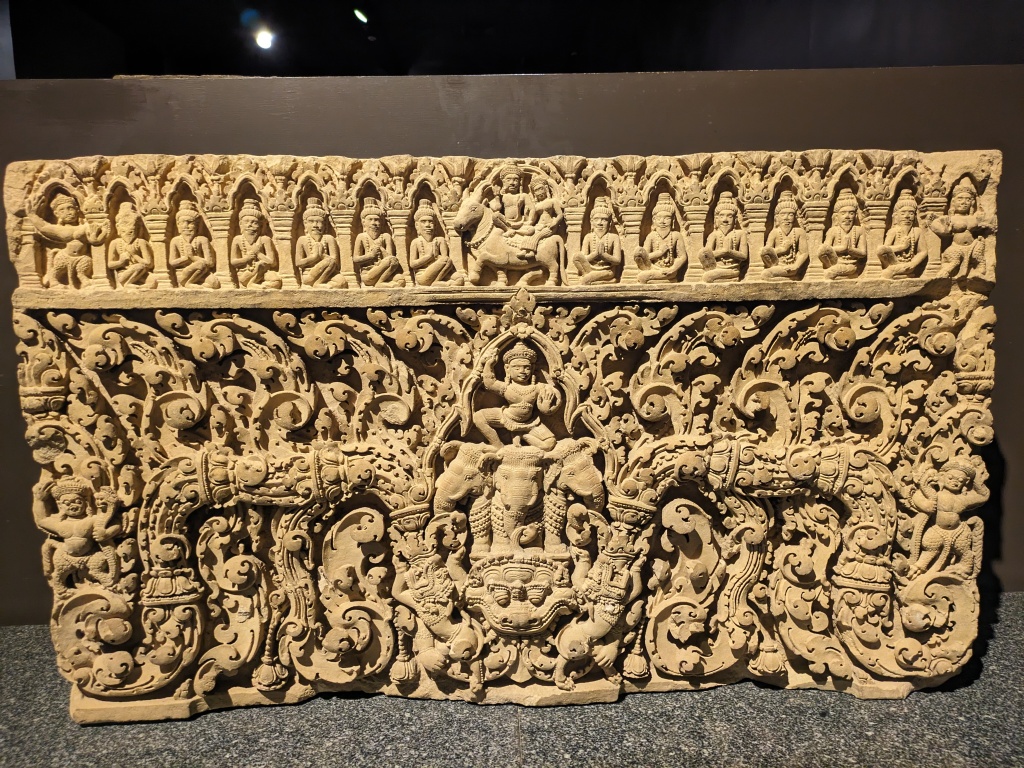
After a day at the museum, more binging on our favourite Cambodian history podcast, and watching a few documentaries on Angkor, we elected to see the park without a guide. As the temple complex is not walkable (the temples are quite far away from each other), the two common ways to explore the area are by tuk-tuk, with a driver hired for the day, or on your own by bicycle. I love biking, and as we had already learnt so much about the ancient capital, we felt well-equipped enough to tackle things on our own. Renting mountain bikes for $5 a day, we biked roughly 10 km from the centre of Siem Reap where we were staying to the park. We had purchased a 3-day pass ($62 USD each), which allowed us to visit 3 separate days out of the next 7 days, but we ended up using only 2 of days.
The first day, we cycled what is called “the mini circuit”, covering about 17 km and stopping by the largest and most famous temples: Angkor Wat, Phnom Bakheng, Bayon (Angkor Thom), and Ta Prohm. On our second day, we cycled “the grand circuit”, covering about 26 km and stopping by maybe 10 temples, including Preah Khan, Neak Pean, East Mebon, and Banteay Kdel. The roads were in excellent condition for biking: flat and well-maintained, often with dedicated (or even fully separated) bike-lanes, and not much traffic. As someone who loves road biking, I thought the bike ride was excellent: shady and smooth, and presenting some of the most amazing sights in the world. I was not surprised to see large groups of road bikers out for evening rides.
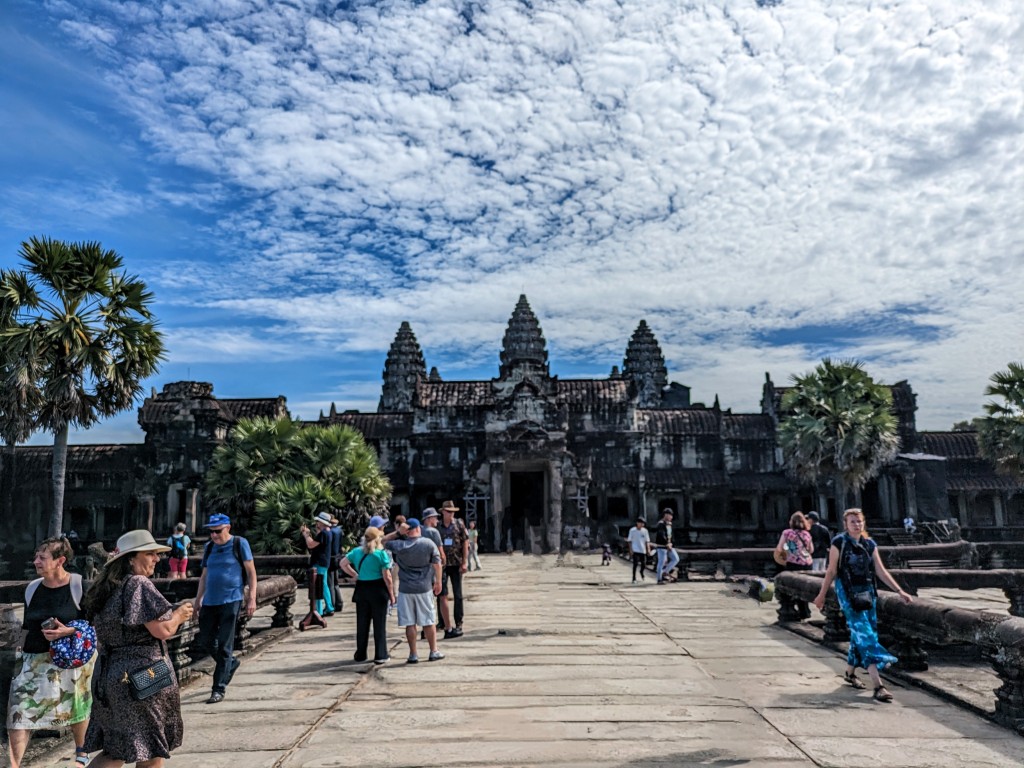
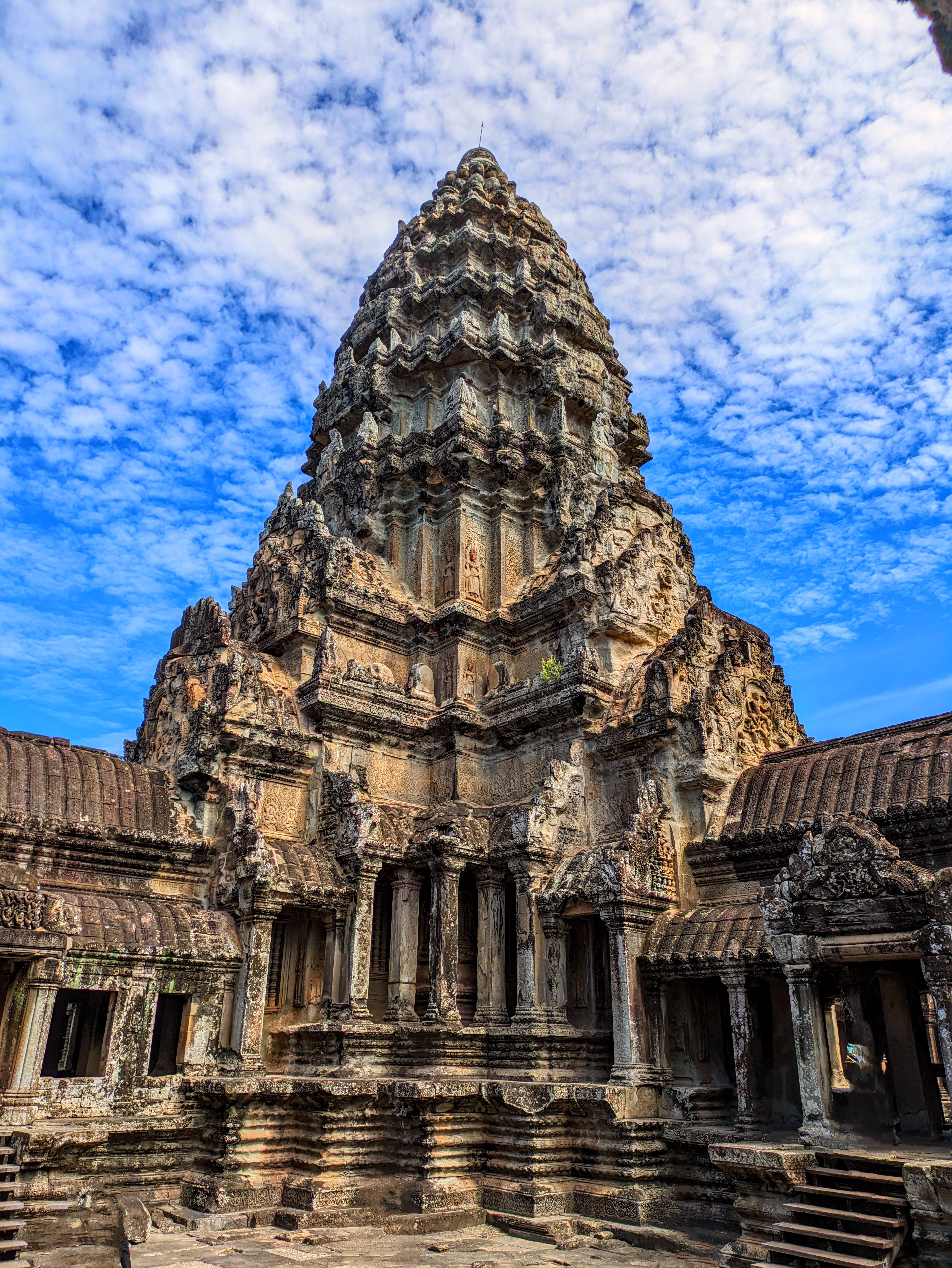
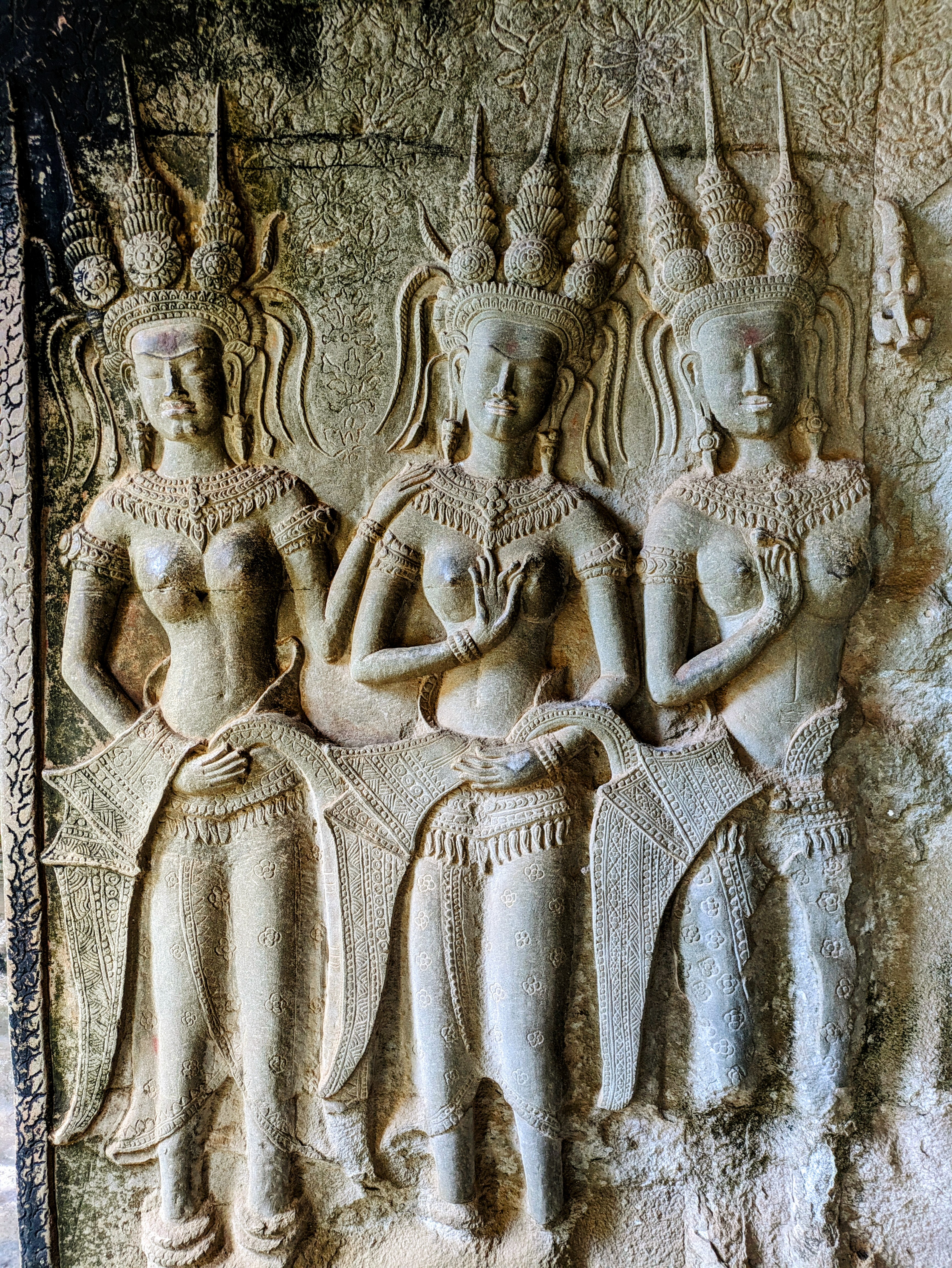
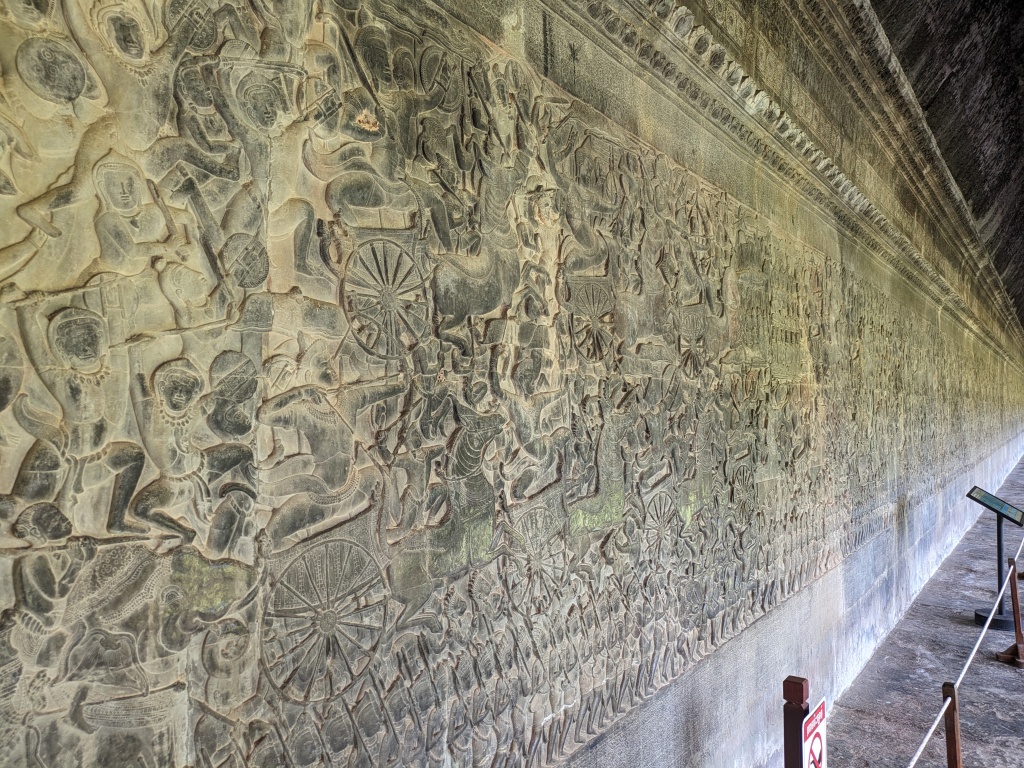
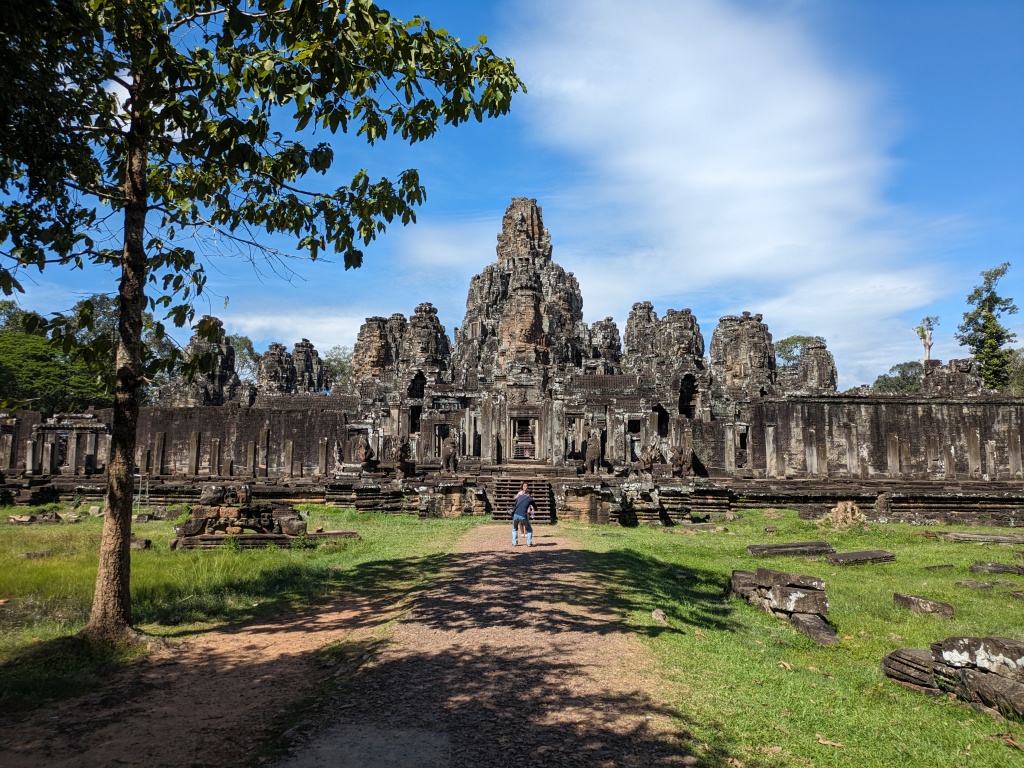
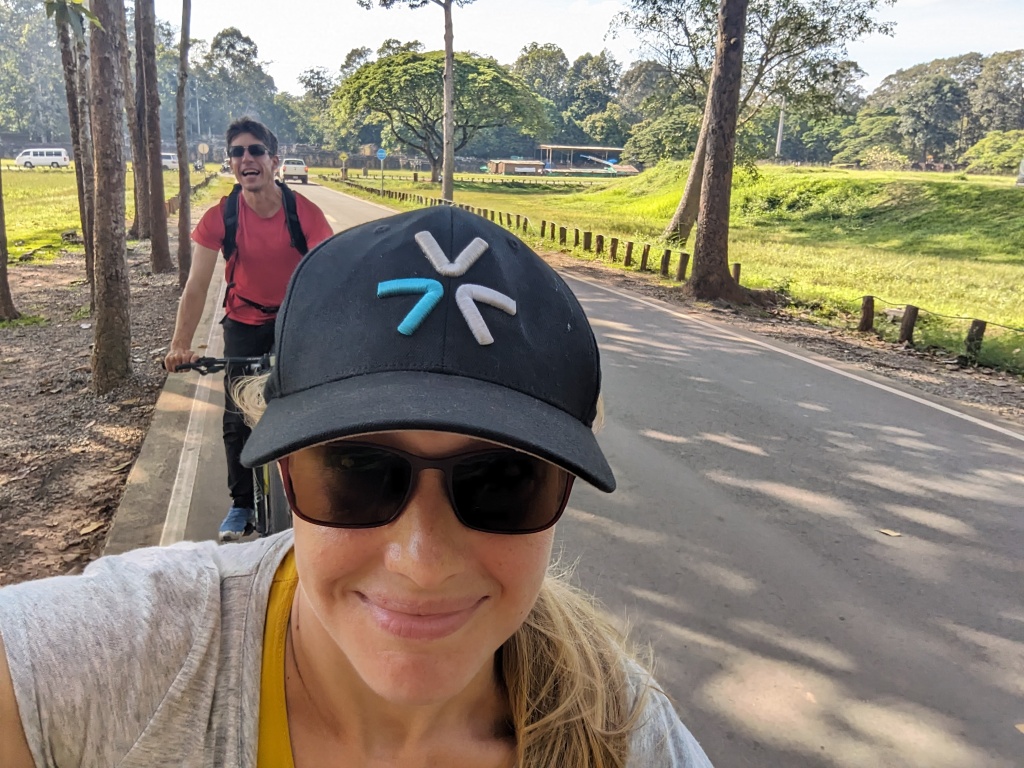
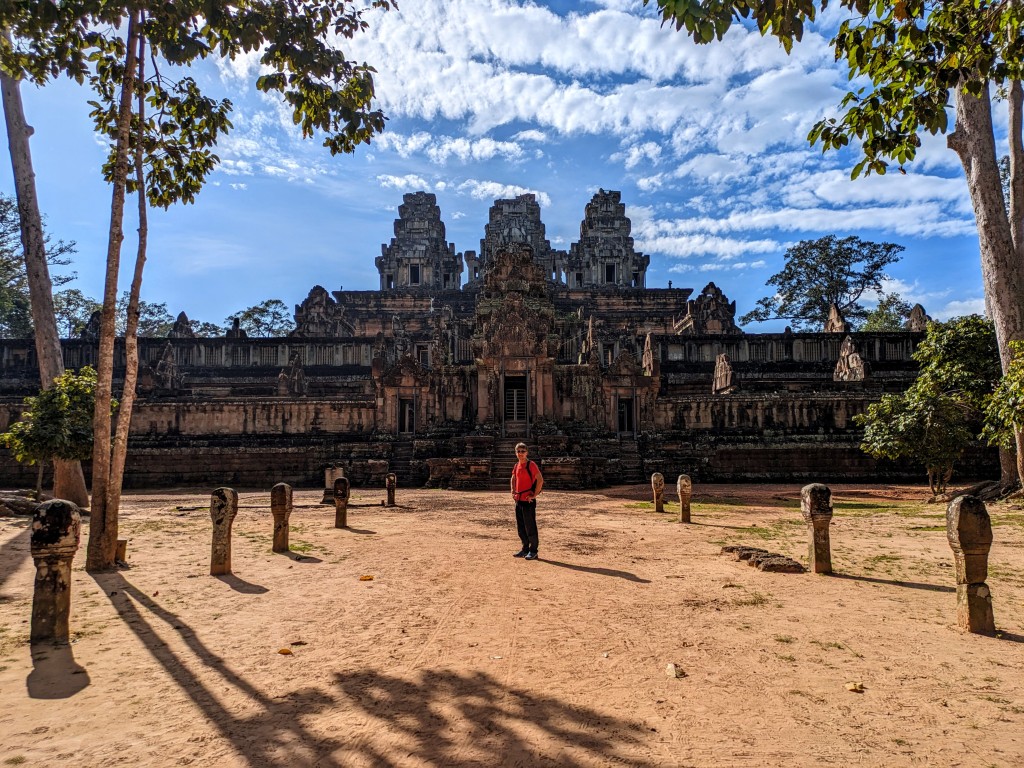
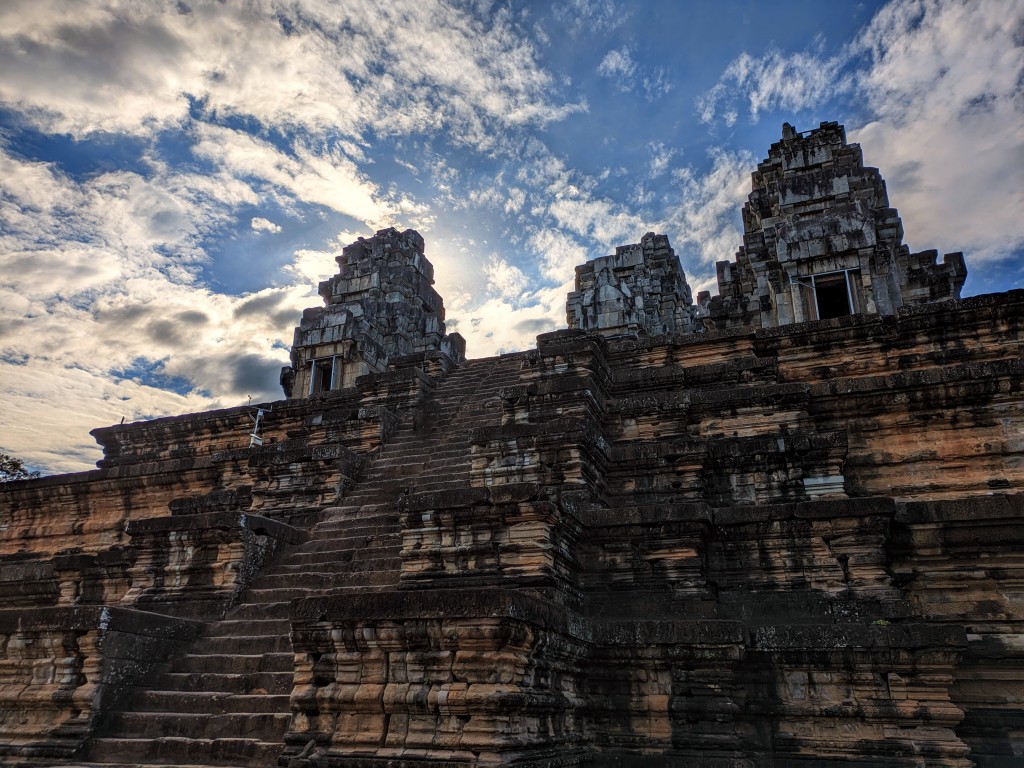
In sharp contrast to the power and majesty of man that is displayed through these stone works of art was the power of nature at a few of the sites, most notably the temple Ta Prohm. Ta Prohm was made particularly famous by an appearance in Angelina Jolie’s Tomb Raider movie. As no mortar was used to secure the stones, the roots of trees have long since taken over, wedging themselves into unlikely places and loosening the stones. While the temple is in a state of semi-collapse, it is arguably the most beautiful, and definitely one of the most popular in the park.
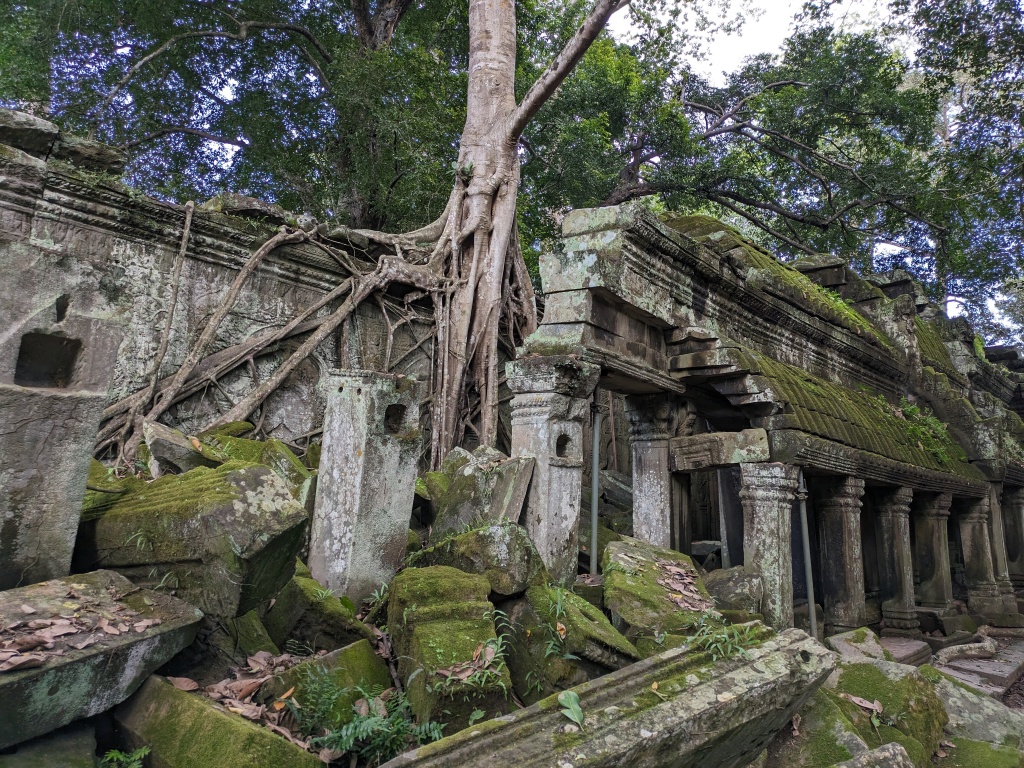
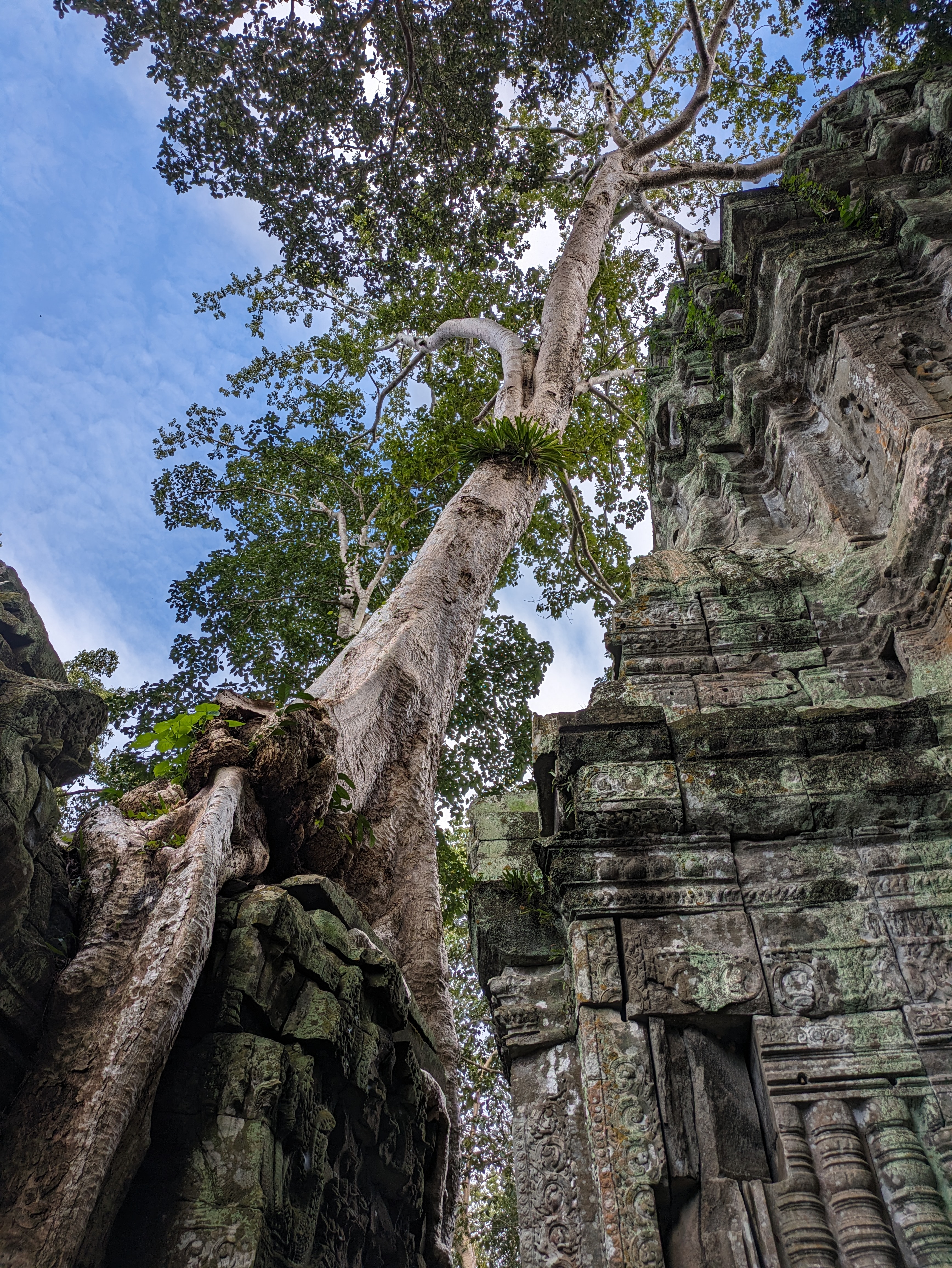
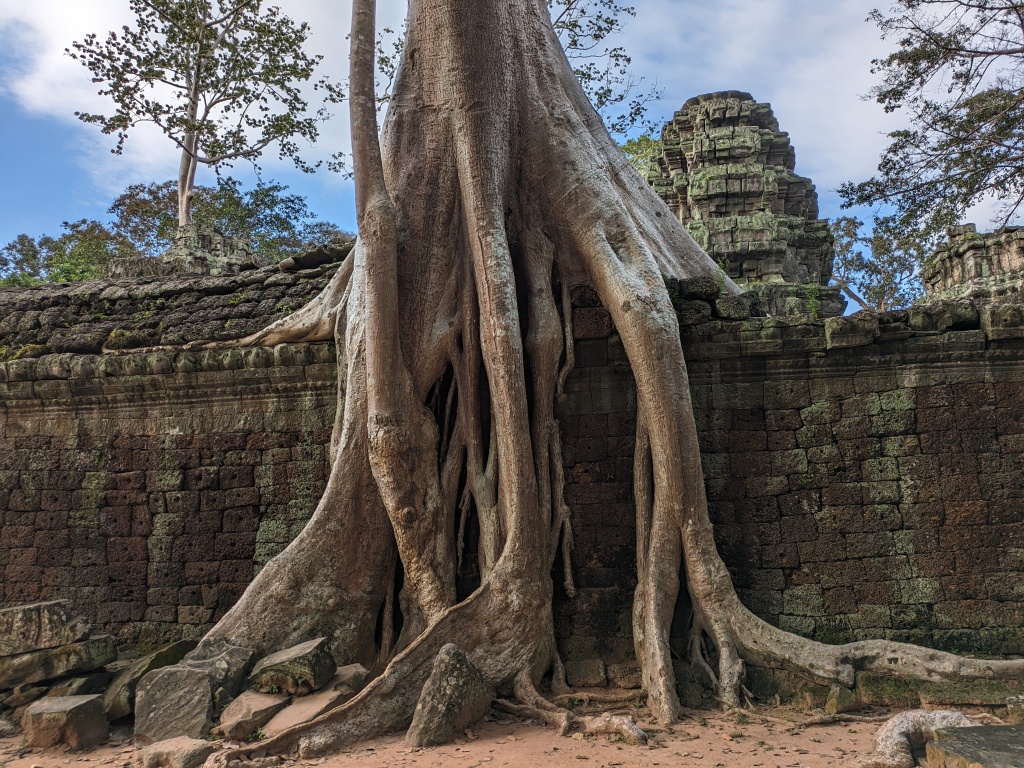
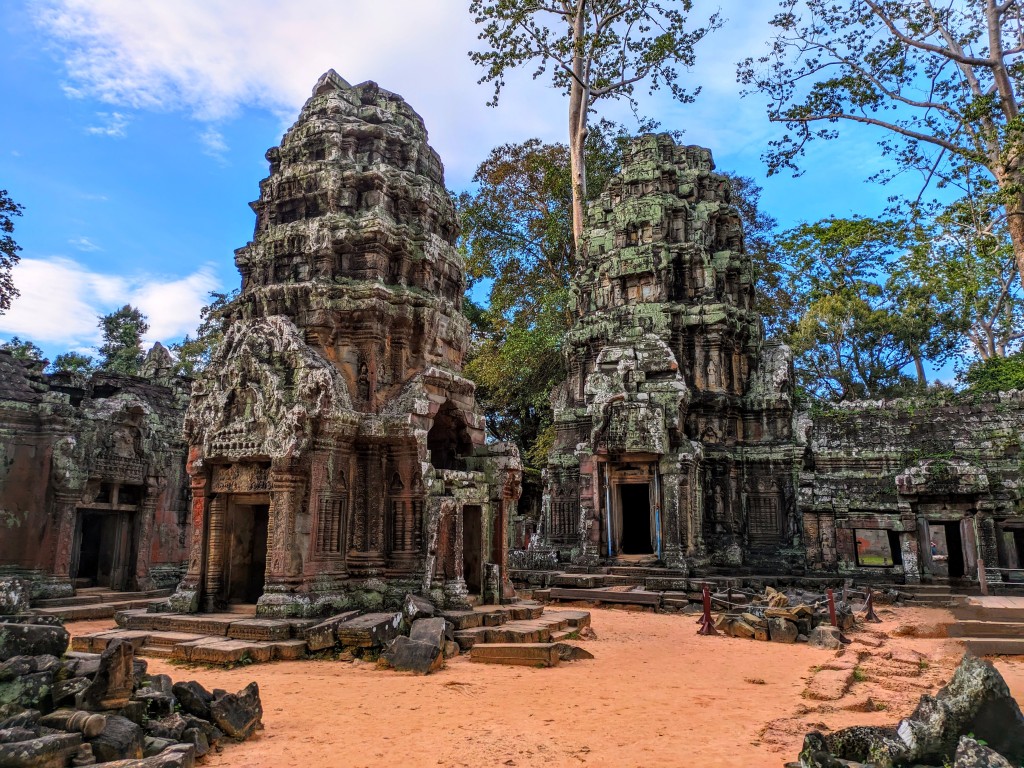
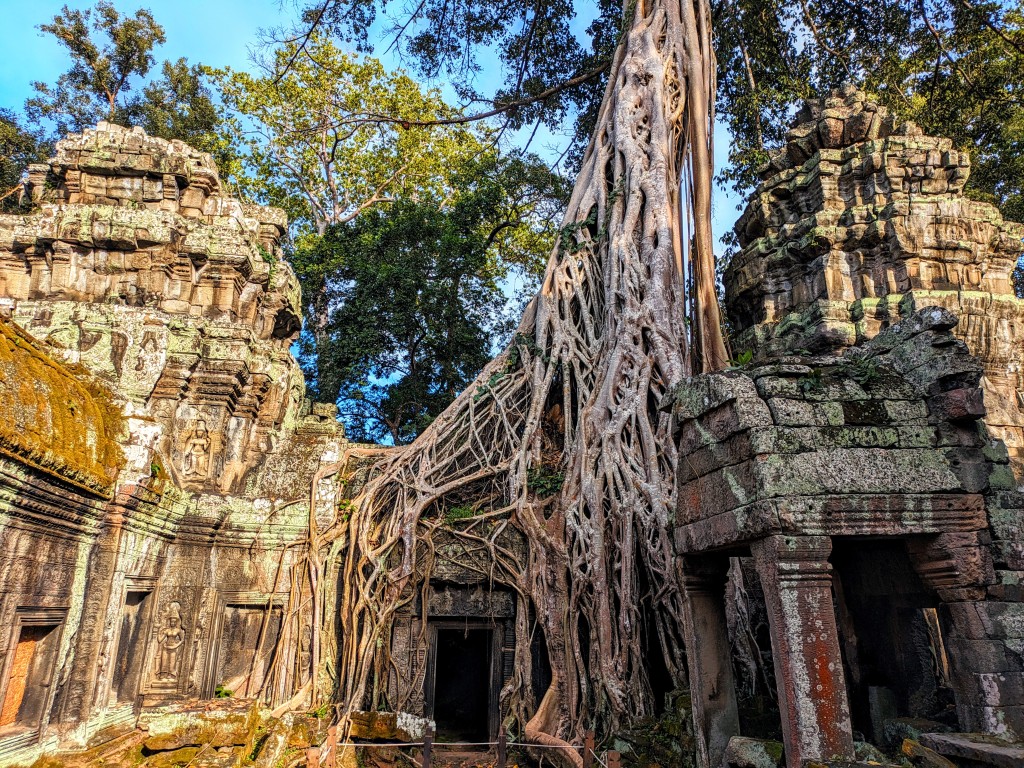
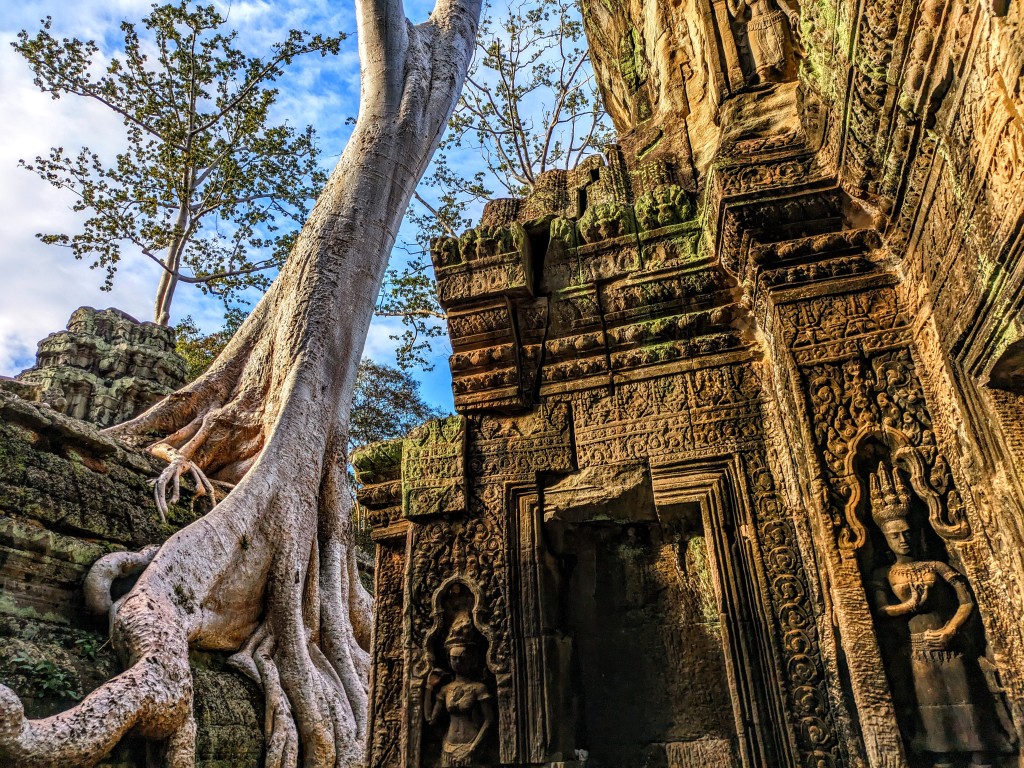
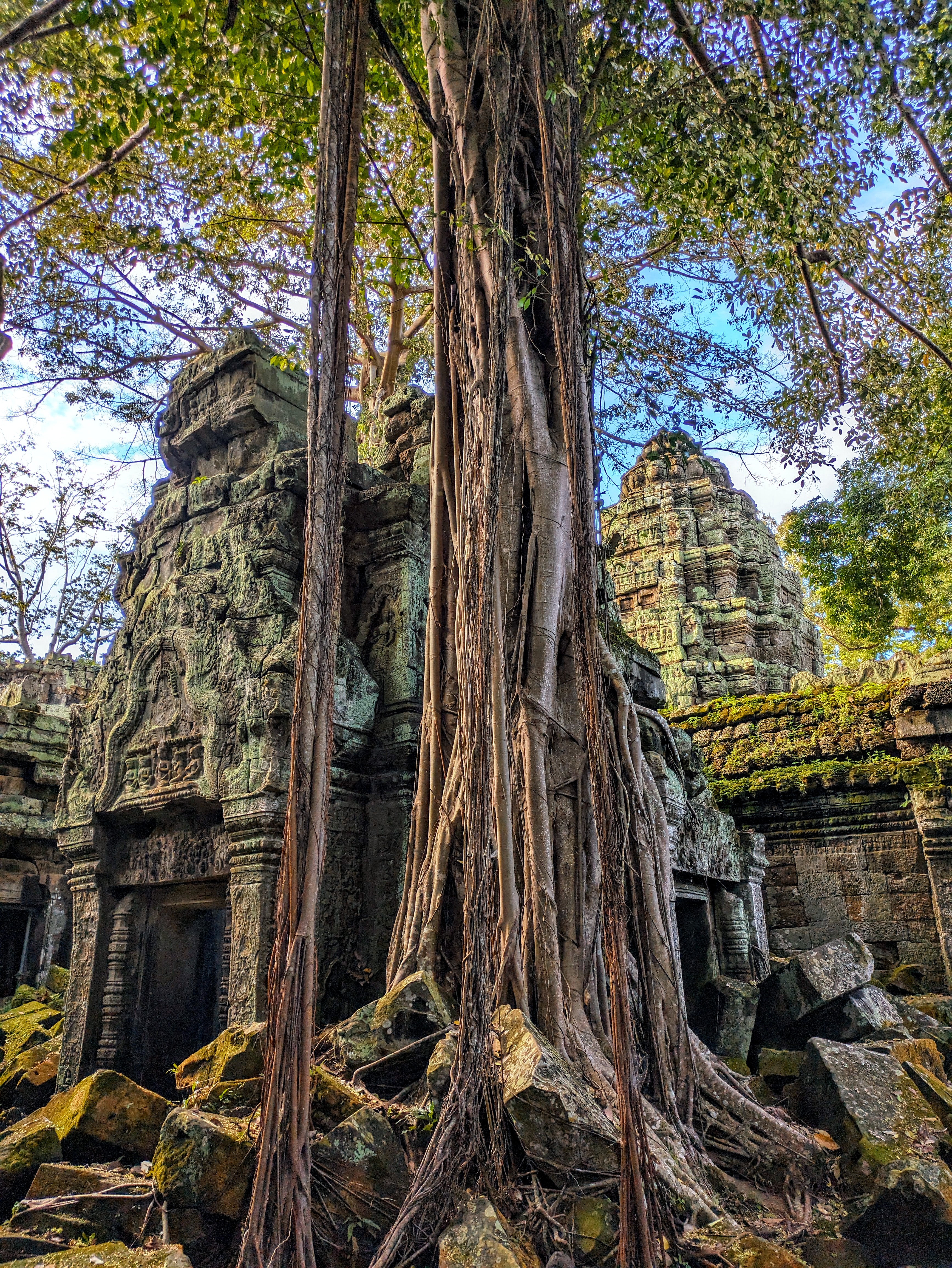
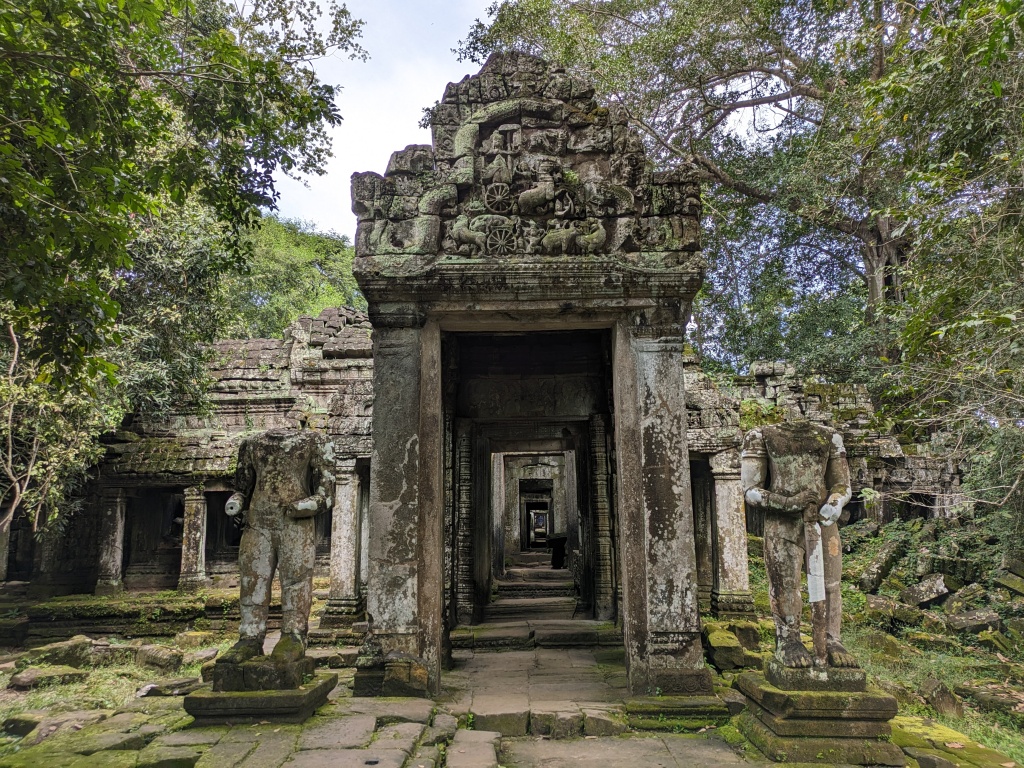
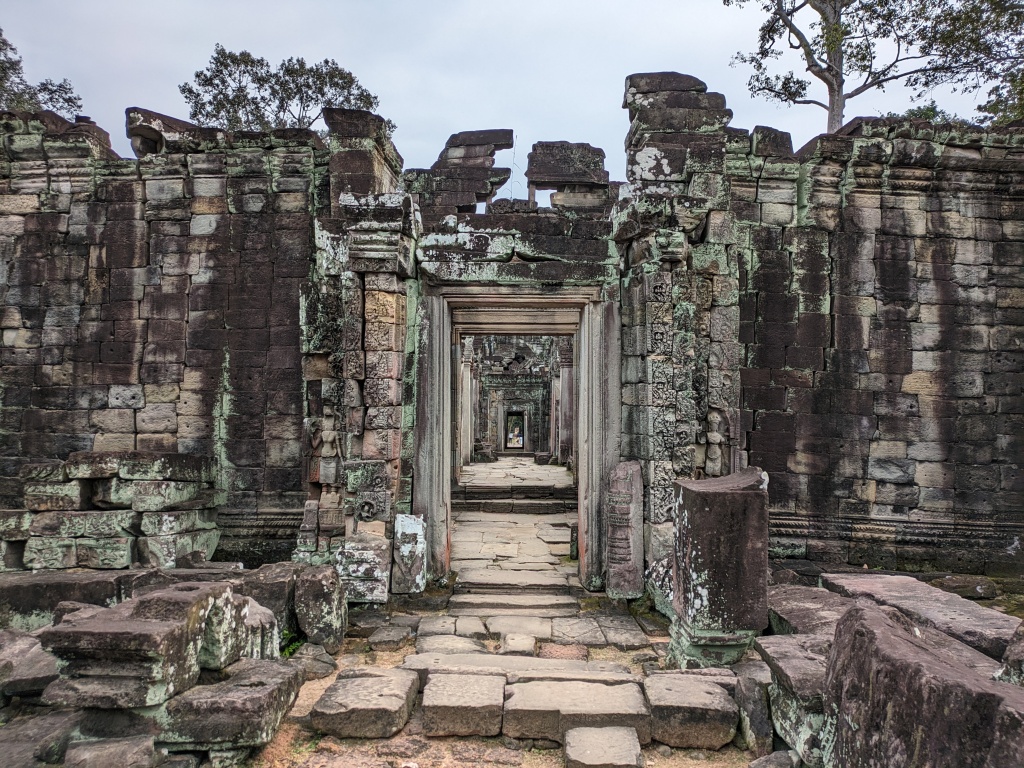
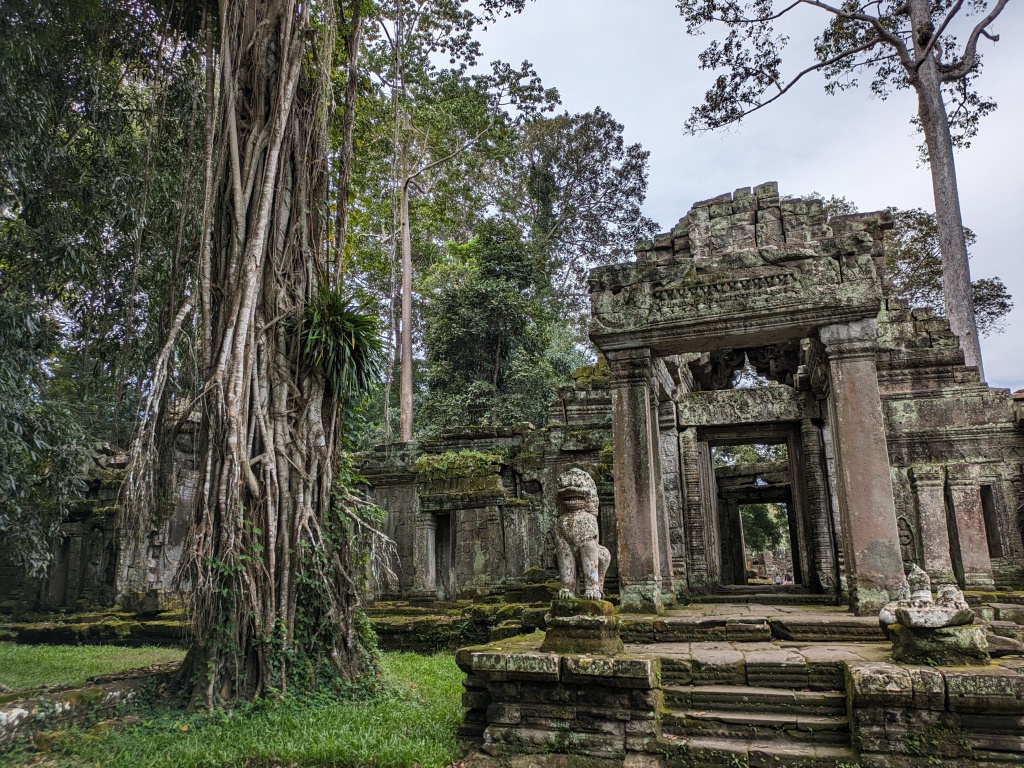
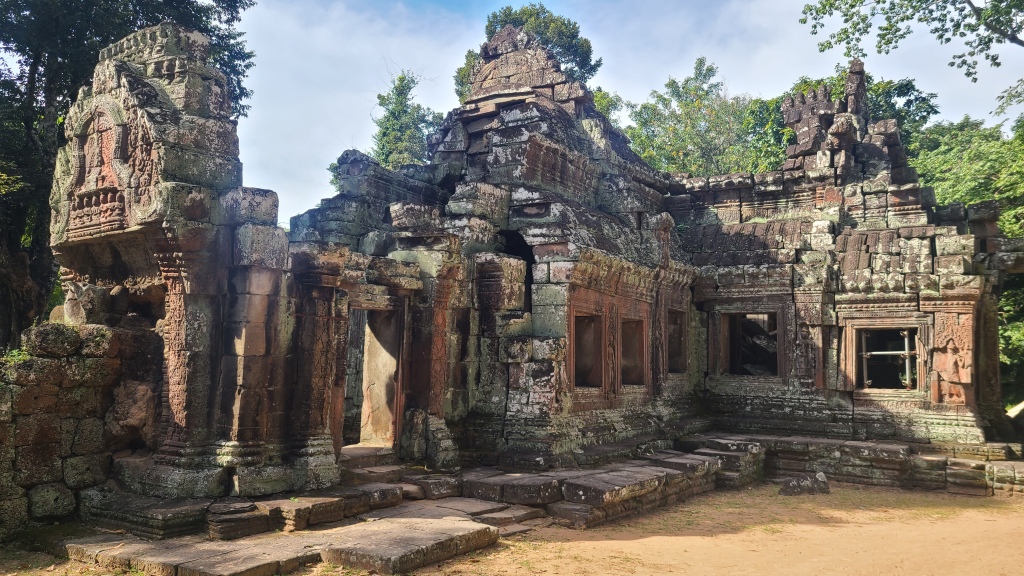
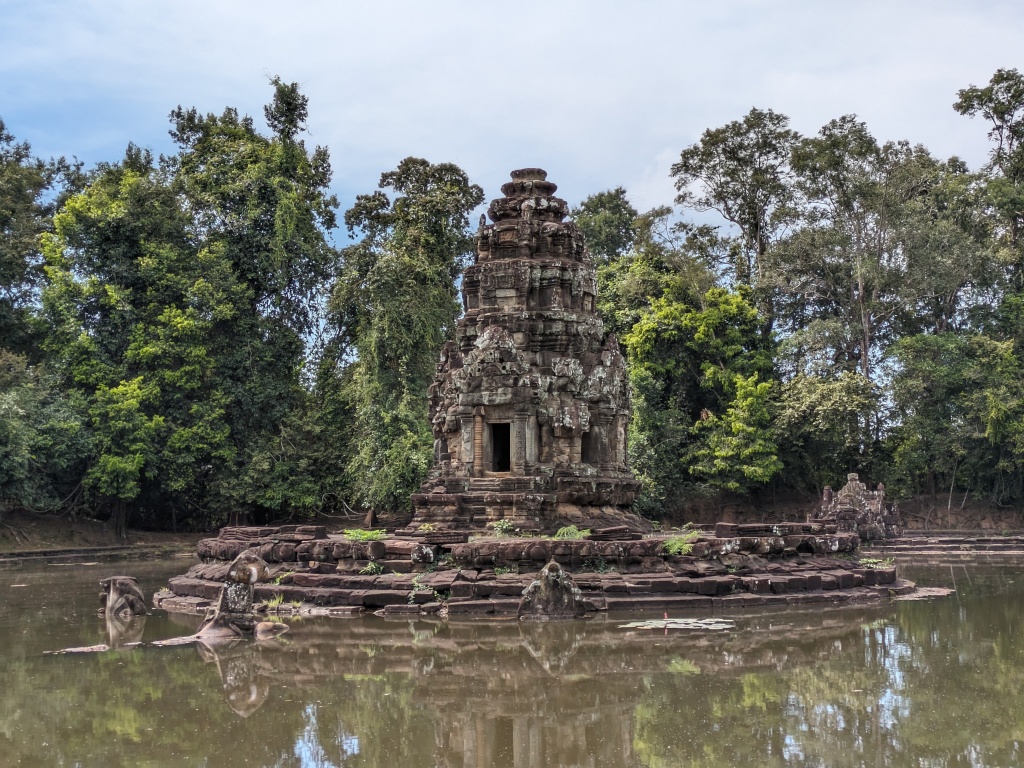
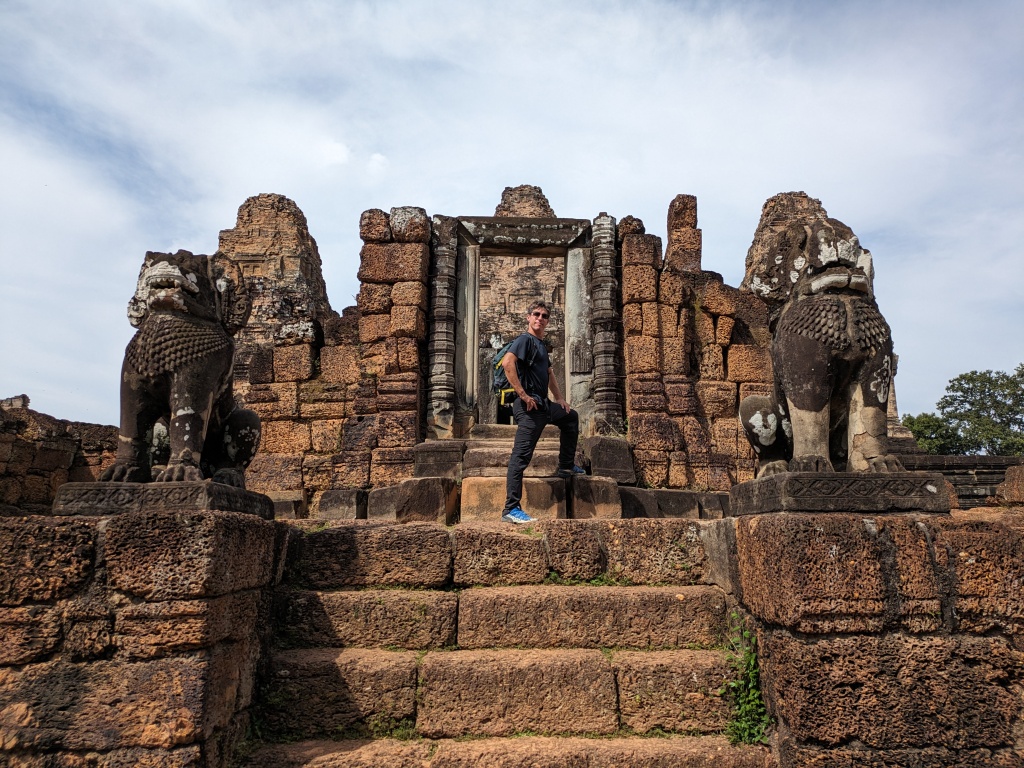
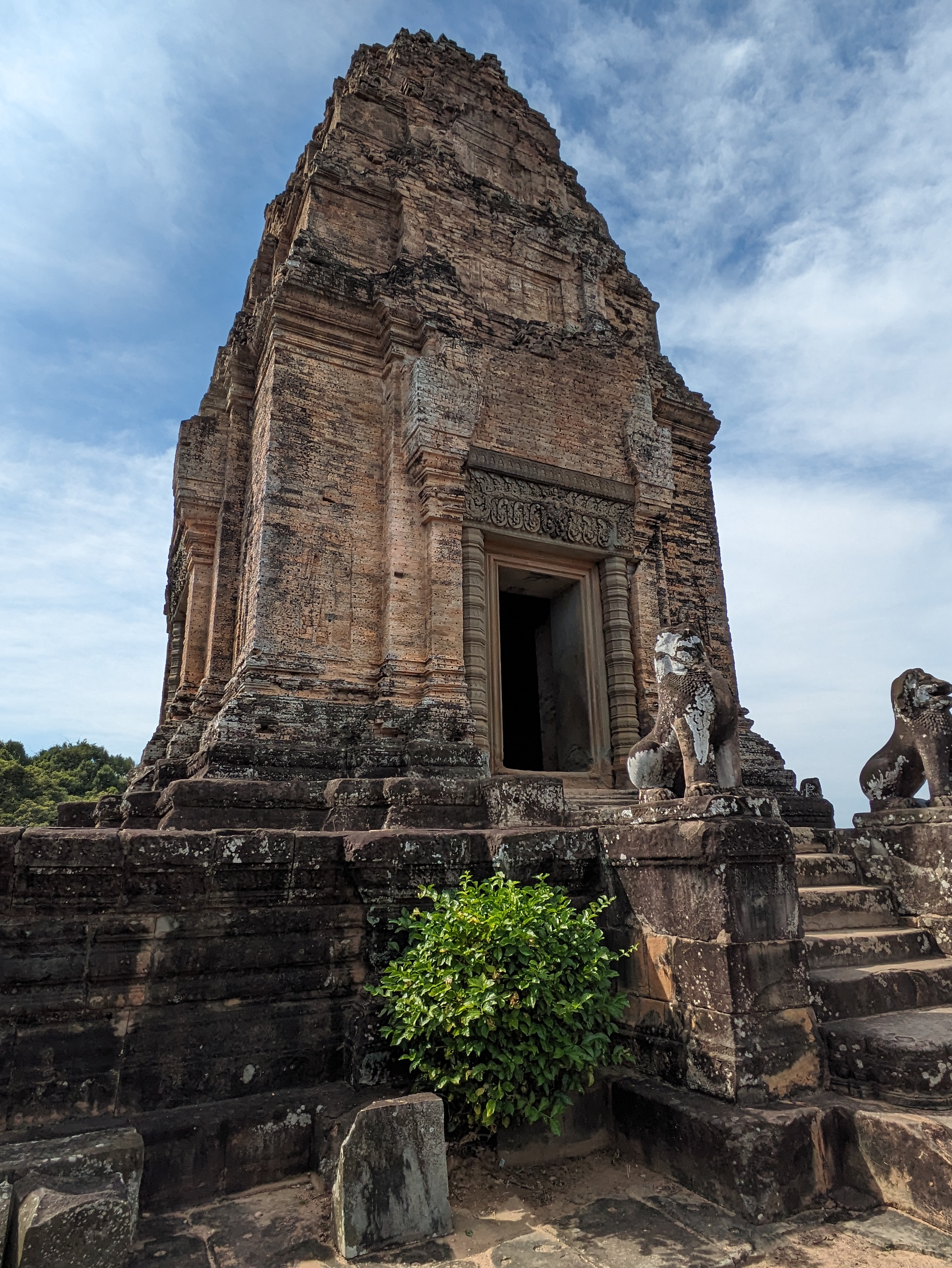
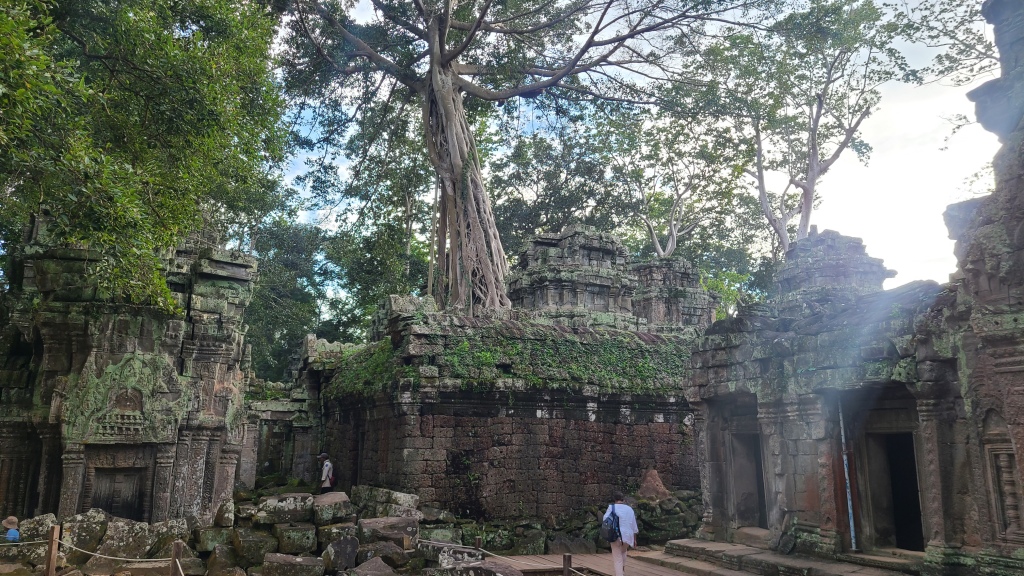
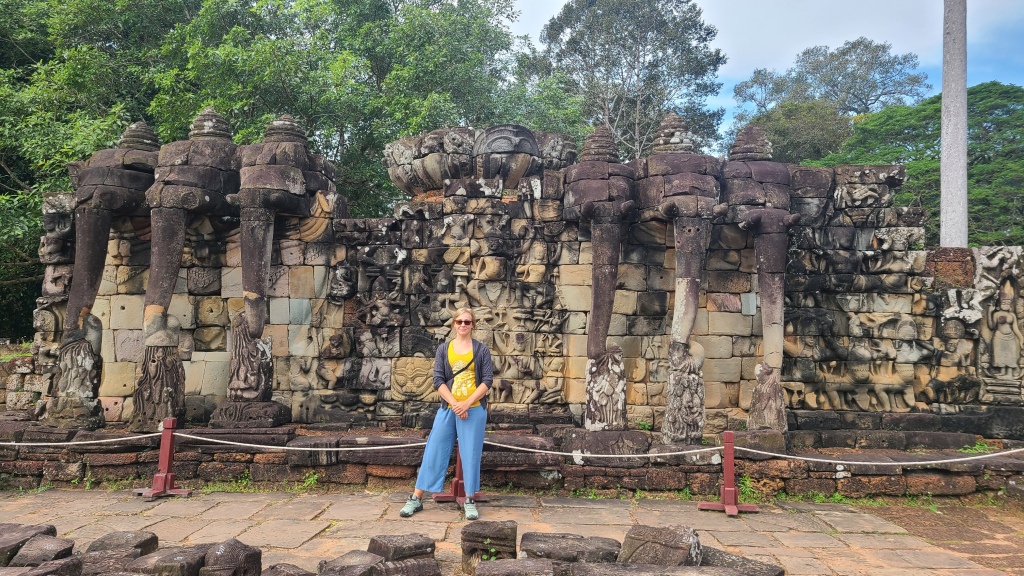
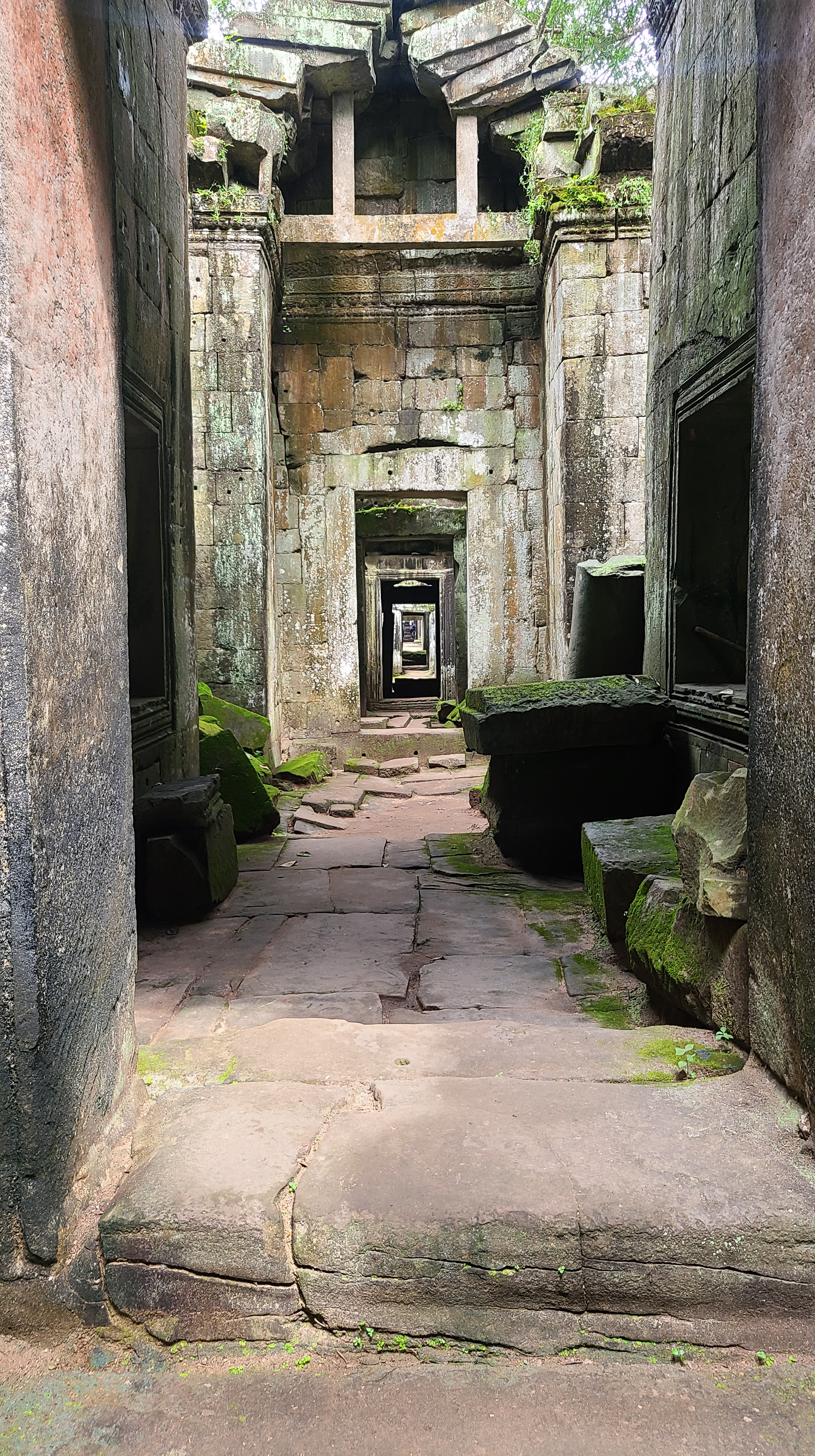
Aside from Angkor Wat, we took it easy in Siem Reap, spending about 5 days in the town. We visited the night markets and the famous Pub Street (75-cent beers), tried grilled frog (very good!), swam in our hotel pool (refreshing), and got a very cheap massage from a very fancy spa (only $12!).
While Angkor Archeological park is a powerful, awe-inspiring site, I found the city of Siem Reap to be quite bland. It was fantastically clean – the cleanest place in Asia we had yet visited on our trip. It is very western in many ways, as tourism is so developed, and it was clearly richer than every other place we visited in the country. We had heard that some people really didn’t like the town (we heard someone liken it to Las Vegas! I can confirm: it is nothing like Vegas), but it is certainly worth a visit to see Angkor Wat, despite the lack of character of the city.
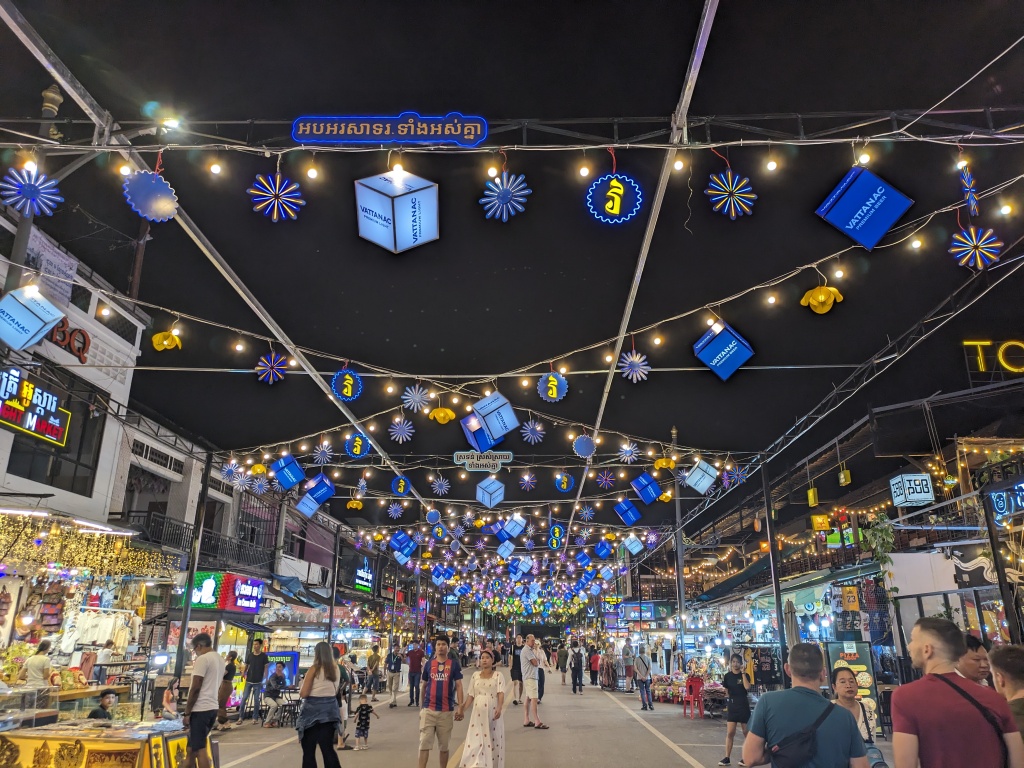
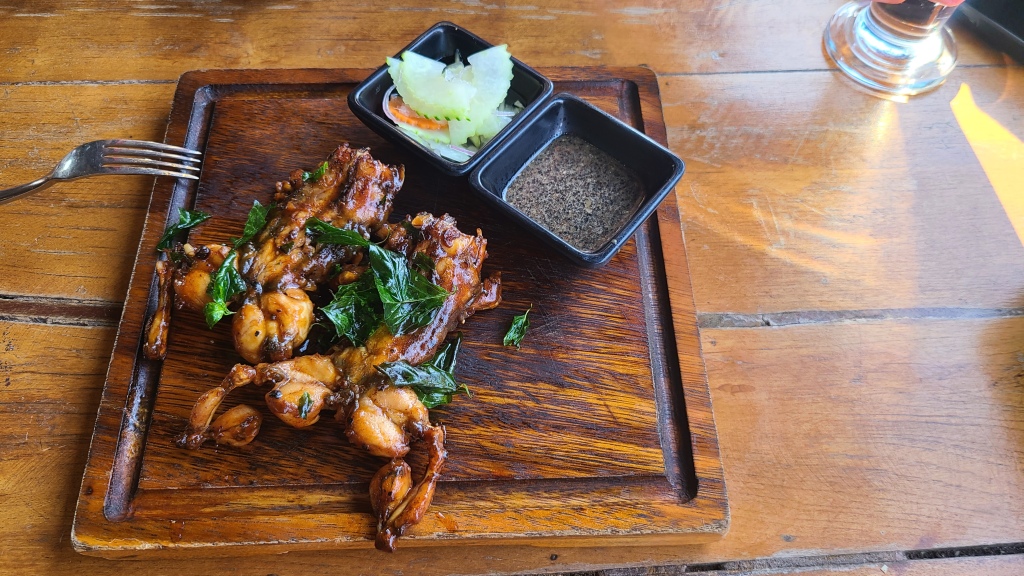
Battambang
From Siem Reap, we took another bus (blessedly short this time) to neighbouring Battambang. Despite being nearly the same size, Battambang was a sharp contrast to Siem Reap’s clean streets, manicured gardens, and air-conditioned, glass-walled stores. Battambang is sprawling city that feels like a small town, as most of the population seems to live in what seems like the countryside. The city centre felt oddly deserted during our time there as well. Despite what we had read about Battambang being the next up-and-coming tourist hotspot of the country, we found many closed businesses, and not much happening.
Through a few tours, we got more insight on the poverty of the area. The region was hit particularly hard by the nightmare of the Khmer Rouge in the 1970’s, and again by the covid pandemic. Cambodia is, in many ways, a country still struggling to get back on its feet after a national trauma, and that was starkly apparent in Battambang, a town that only got electricity 10 years ago. Strolling through what I had expected to be a busy downtown began to make more sense: this was a place where locals cooked food on the side of the road beside their homes, and where cold drinks came out of coolers filled with ice, not electric refrigerators.
We did two tours while in Battambang: a day-trip around the countryside by tuk-tuk, and a half-day bicycle trip.
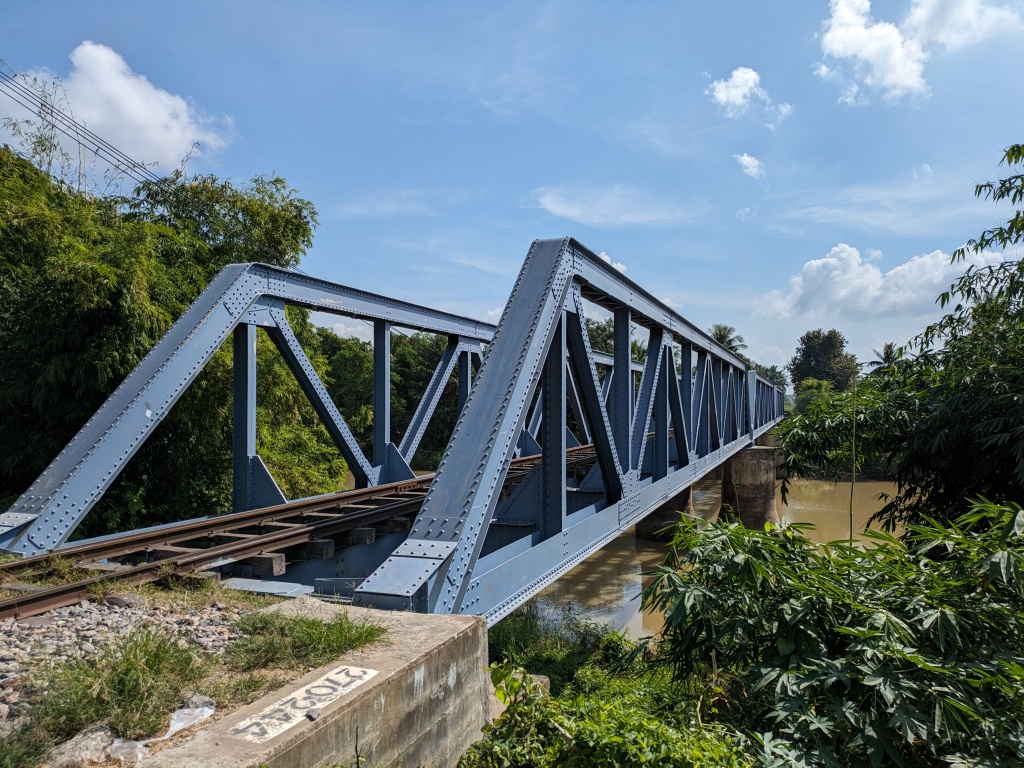
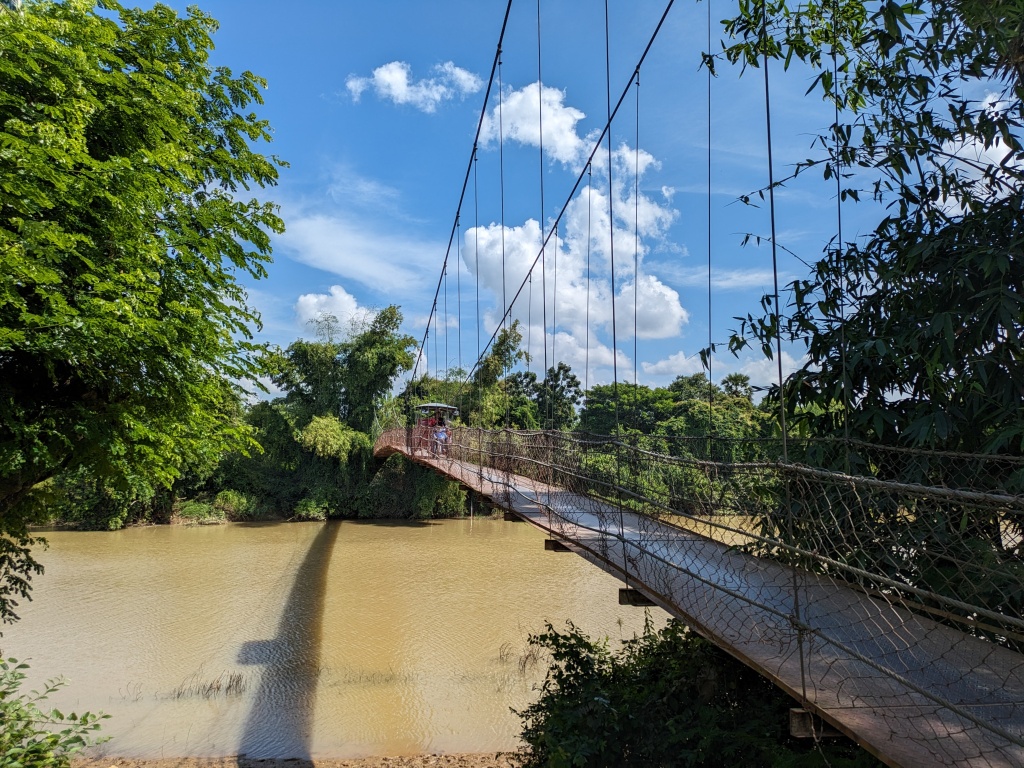
One of the most fun activities we did on our tours was ride the famous bamboo train, a wooden platform on a couple axels with a small motor that runs along the railroad tracks. In the past, the bamboo train was used for transporting goods – now, it’s more of a tourist attraction. The carts are pictured below. When you’re riding, and another cart comes along towards you in the opposite direction, both carts have to stop, and one has to be completed dismantled and lifted off the tracks to allow the others to pass. Fortunately, this only takes a minute.
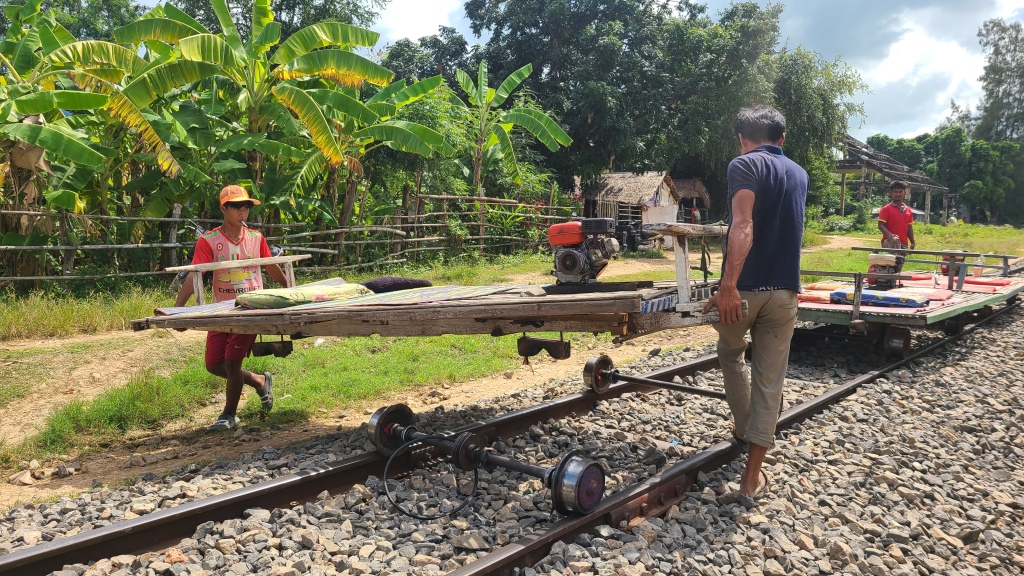
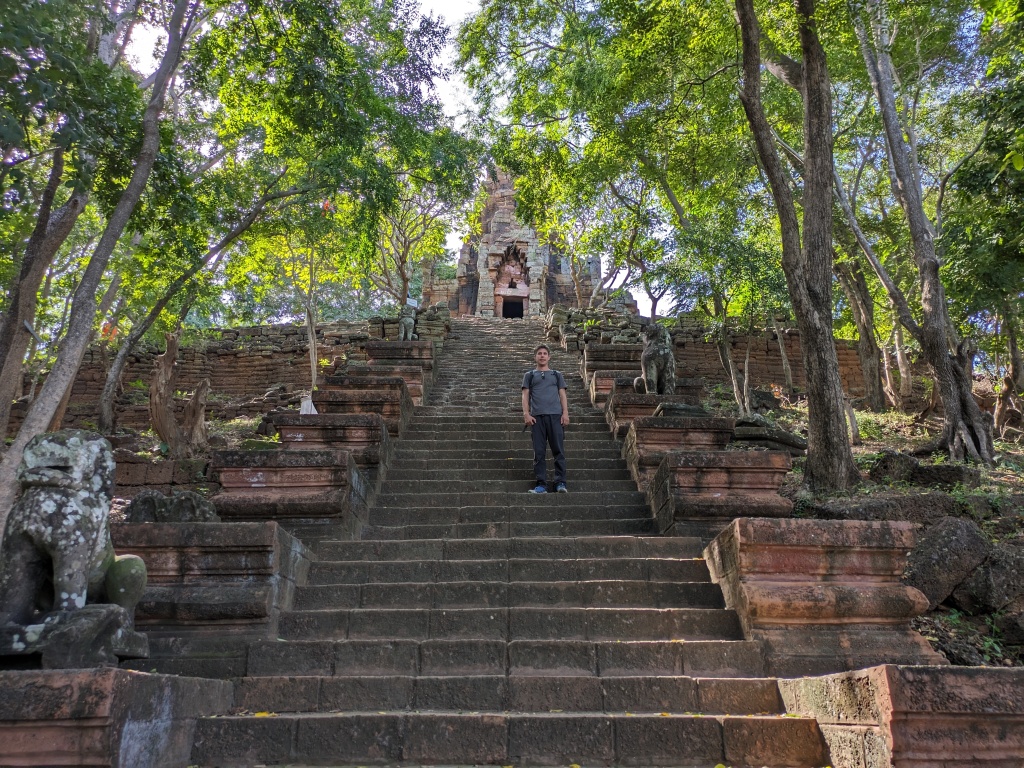
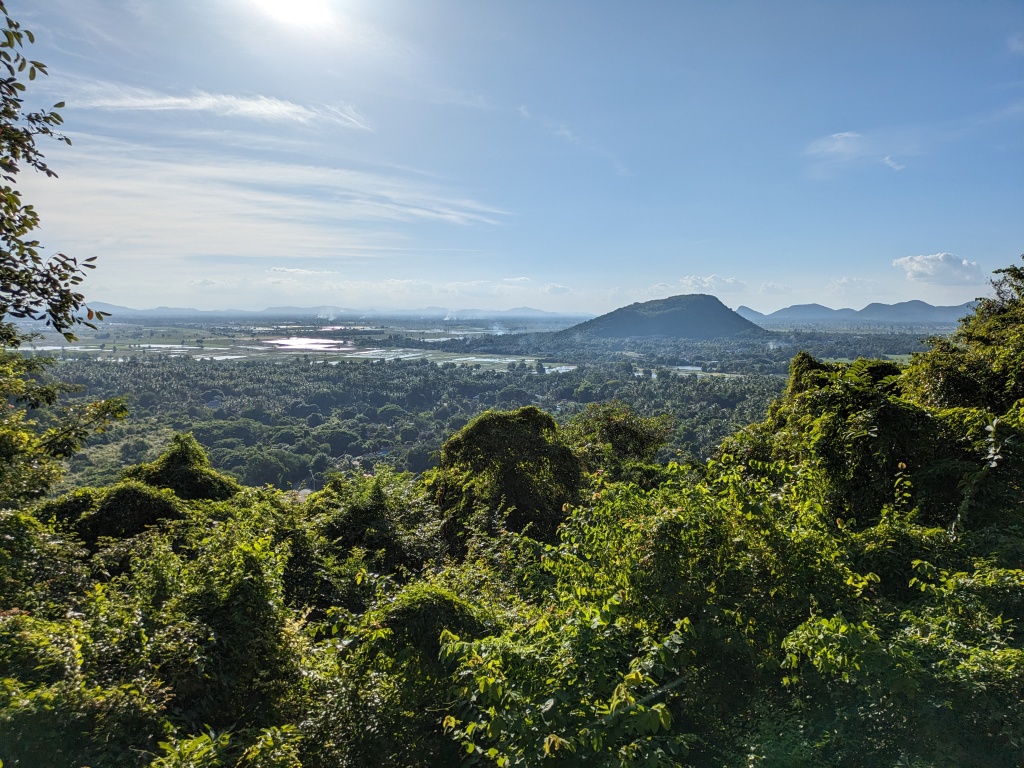
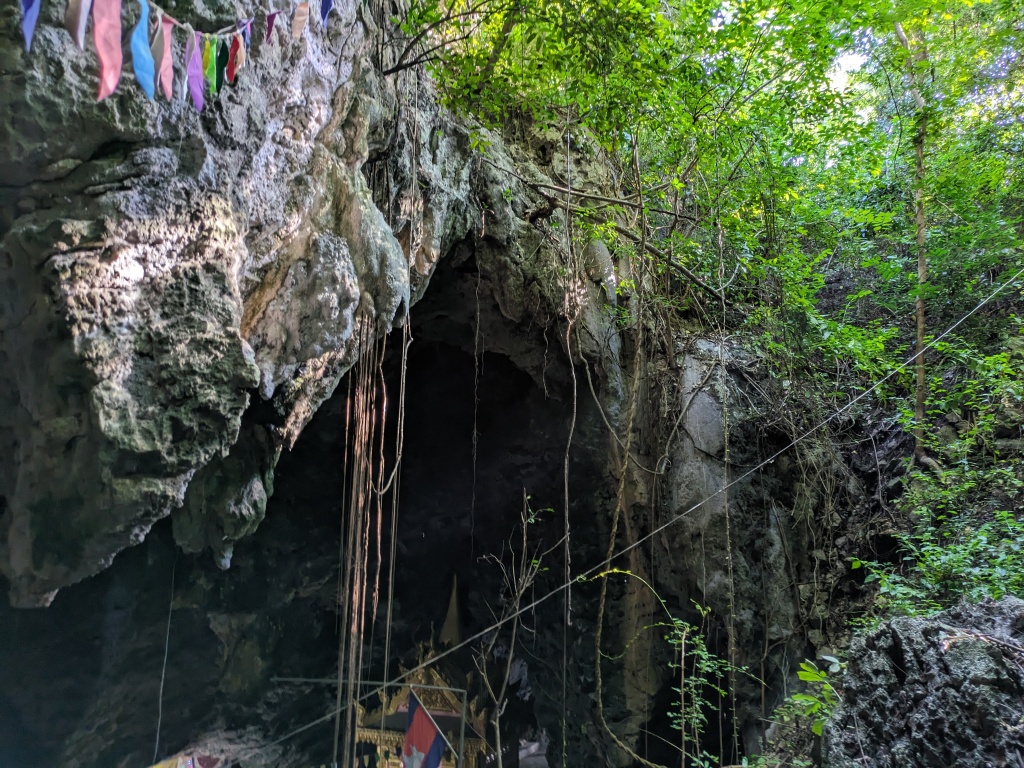
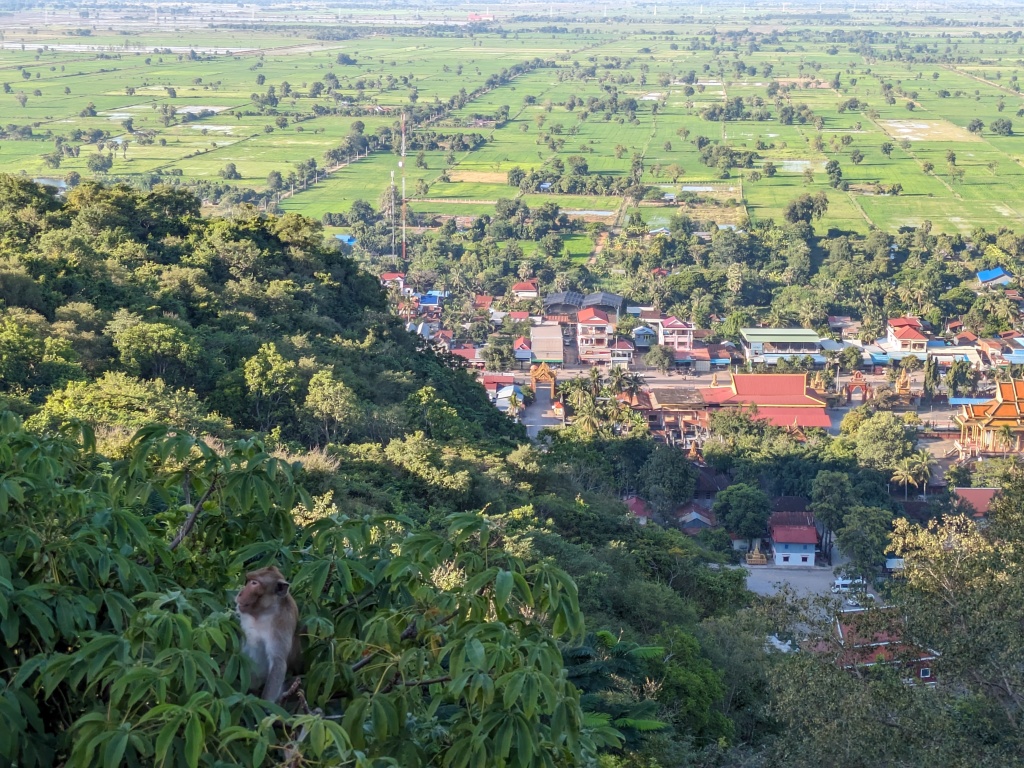
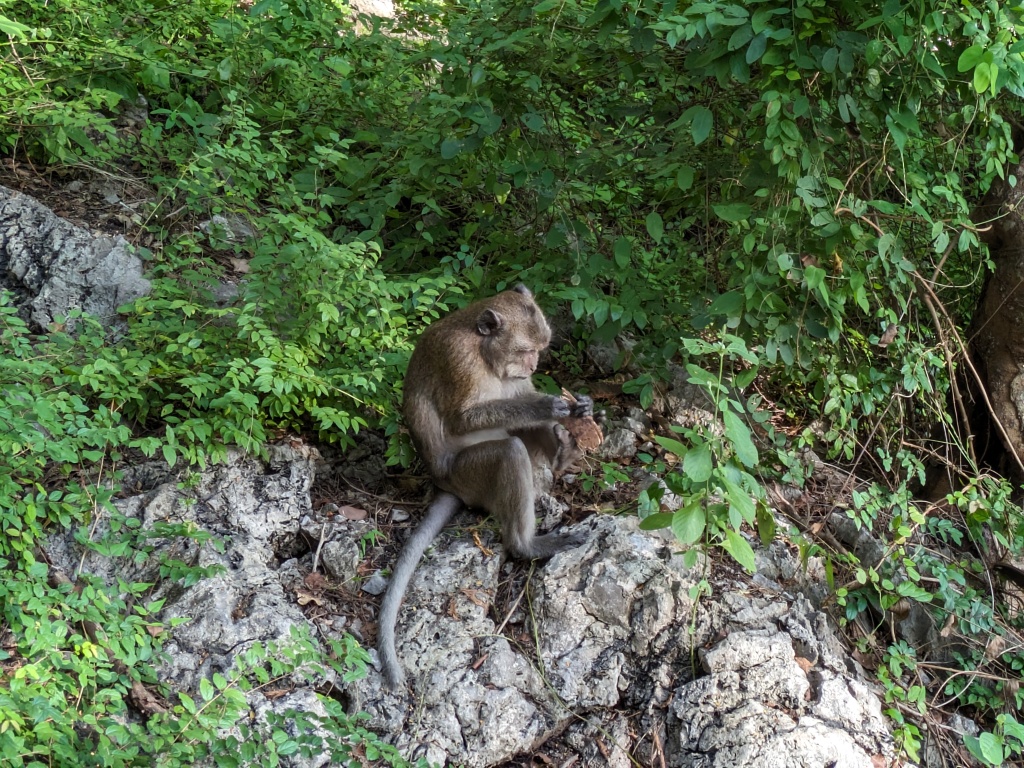
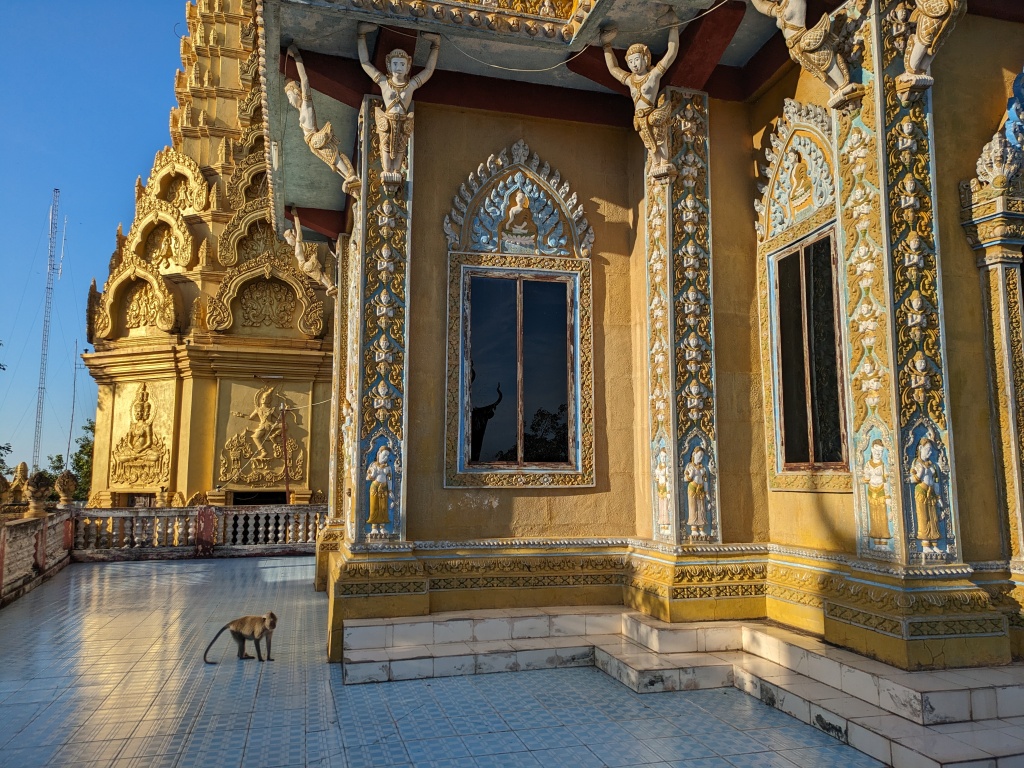
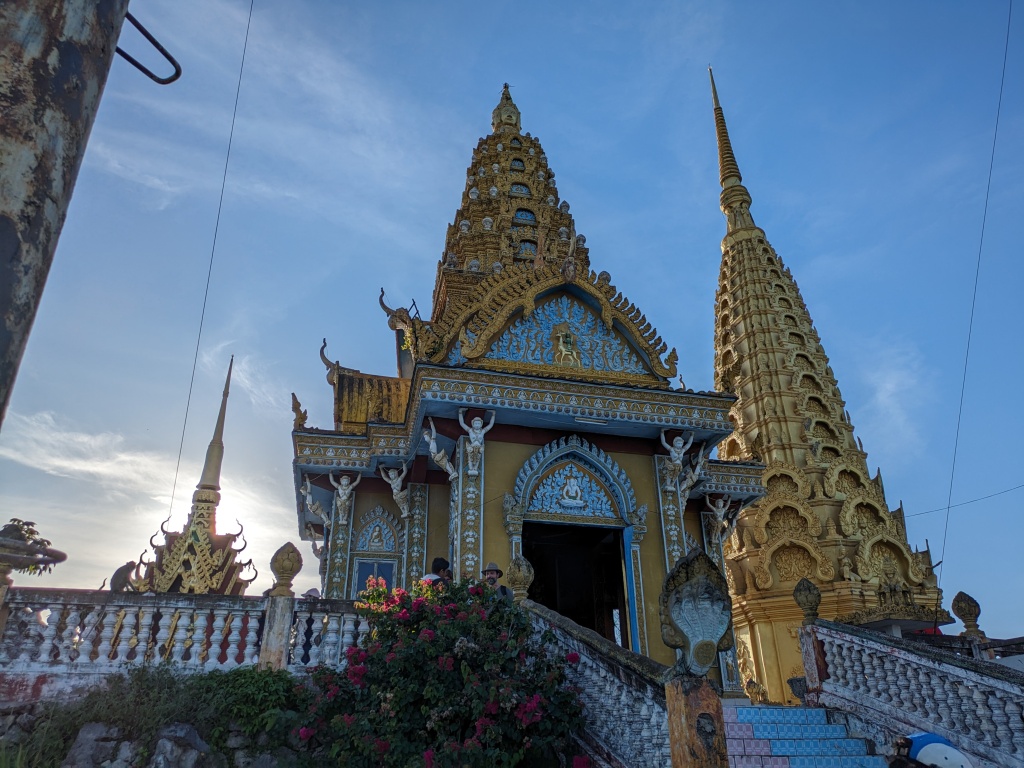
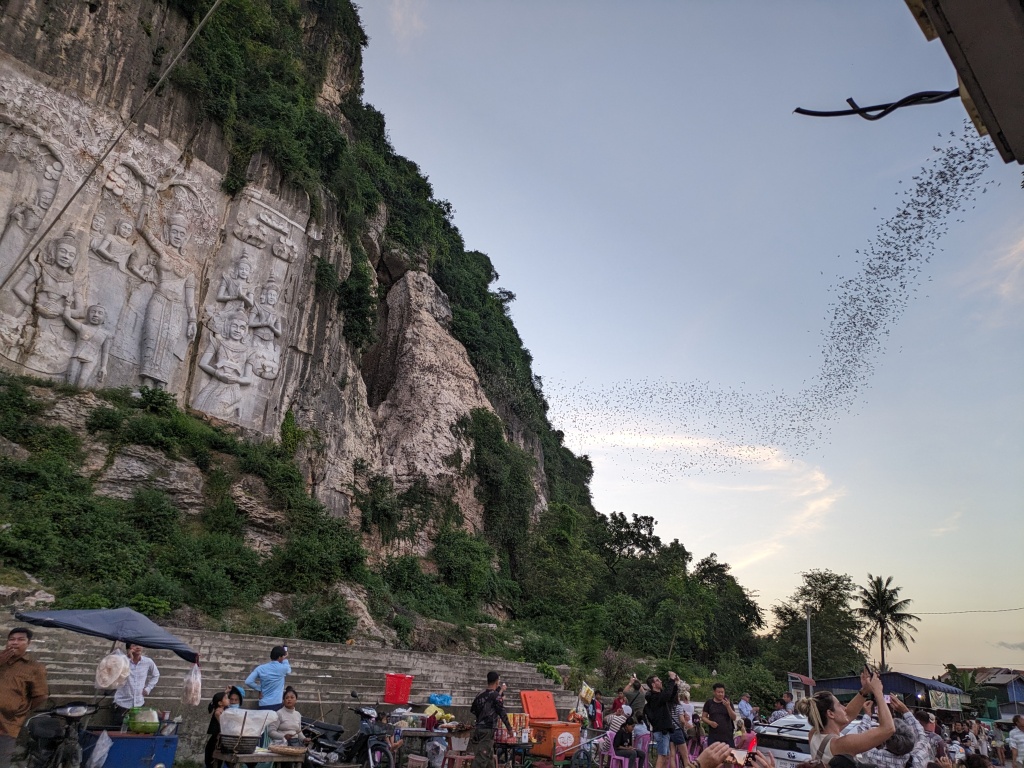
In town, we also took a cooking class. While we found Cambodian food to be quite similar to Thai food, we did get a chance to make a handful of uniquely Cambodian dishes: lok lak (marinated and fried beef, usually served on top of some veggies) and amok (a fish curry traditionally steamed in a banana leaf).
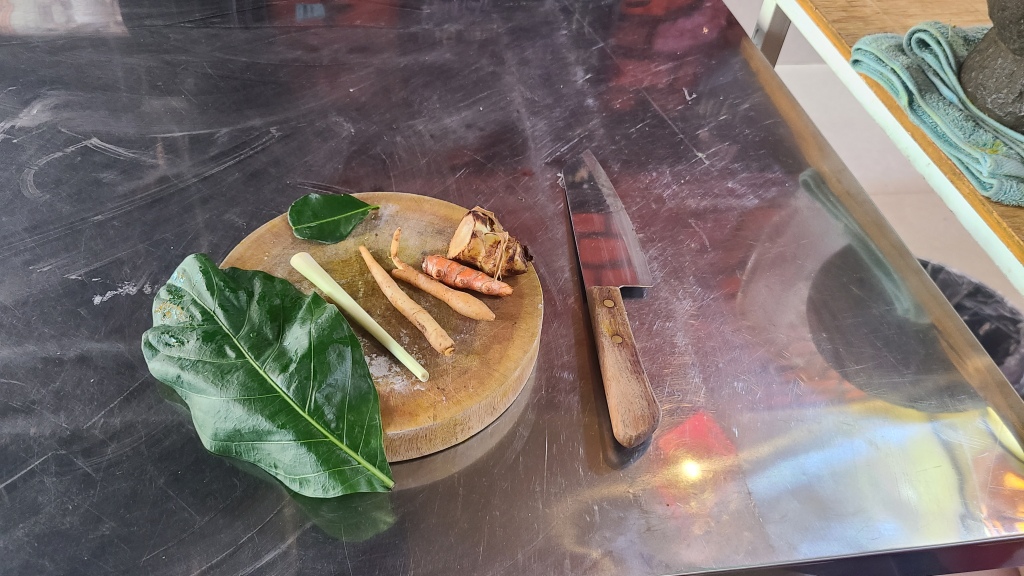
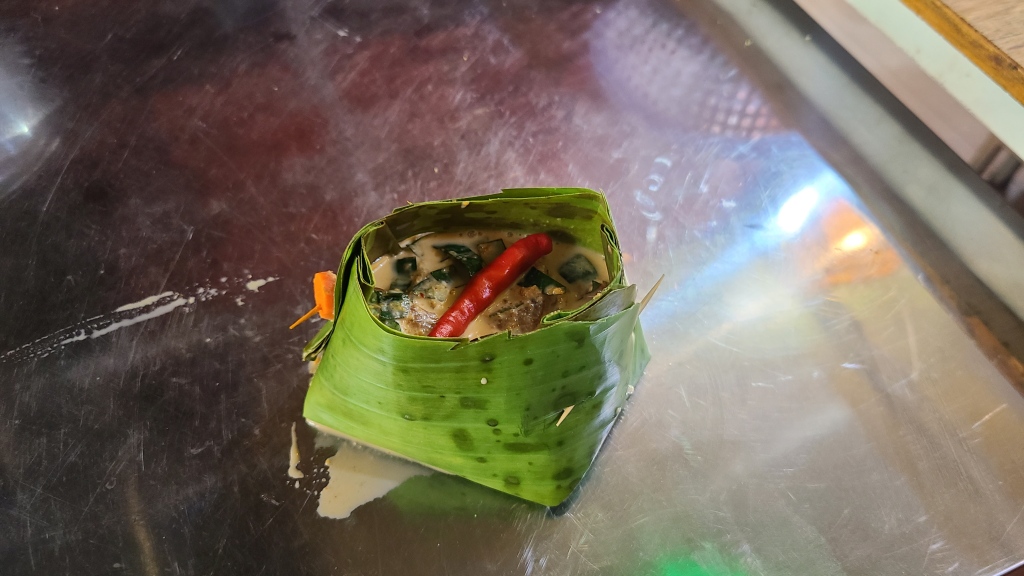
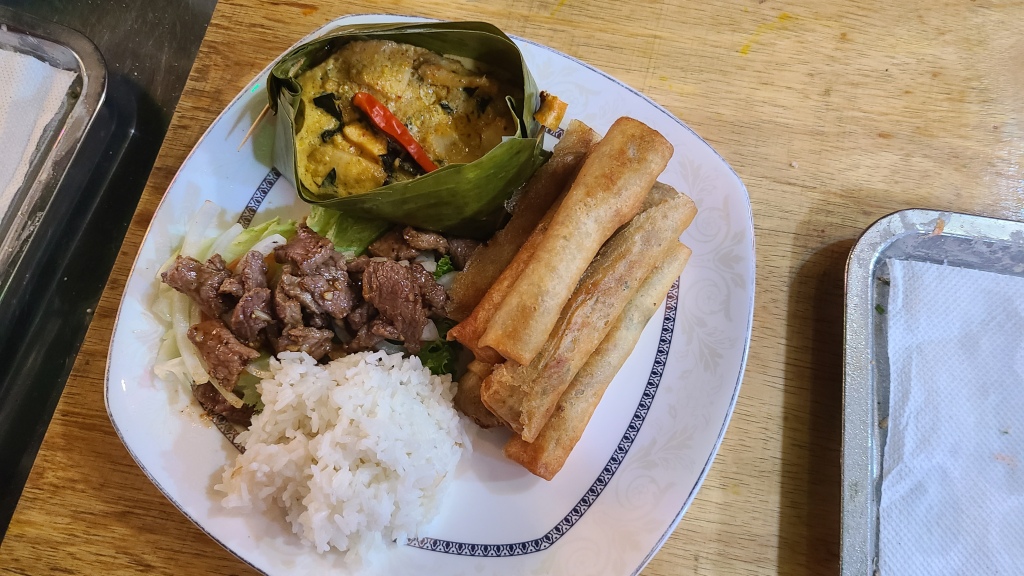
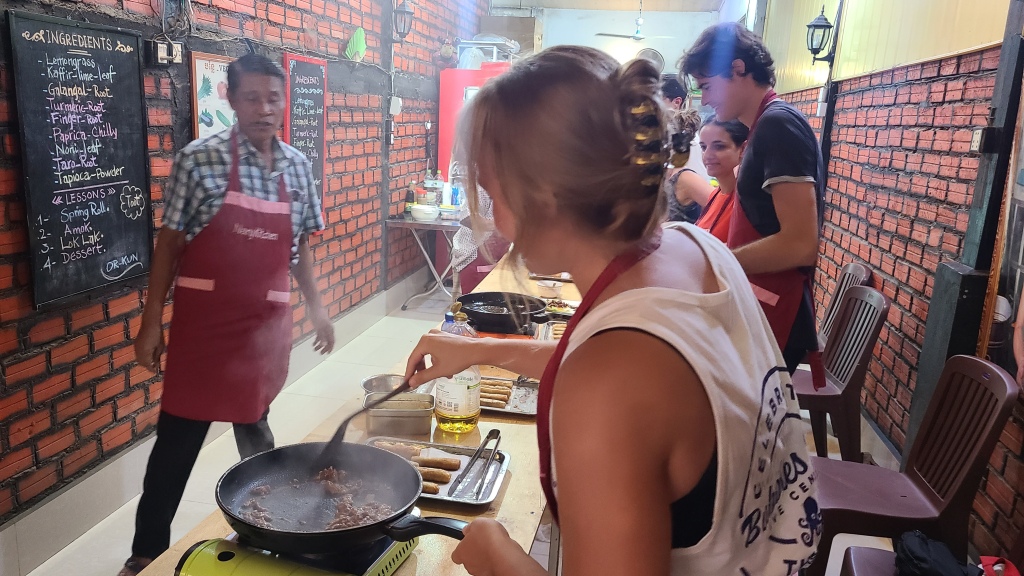
Right after our cooking class, we caught a tuk-tuk down to the Phare Battambang circus! Phare is a performing arts school for disadvantaged children – it provides free arts education and vocational training to young Cambodians, as well as community support and cultural preservation. In addition to acrobatics and performance arts, the school also teaches graphic design, visual art, music, animation, and much more. This not-for-profit school is a wonderful organization full of immensely talented kids, and those kids put on an amazing show, full of humour, daring tricks, and fun moments.
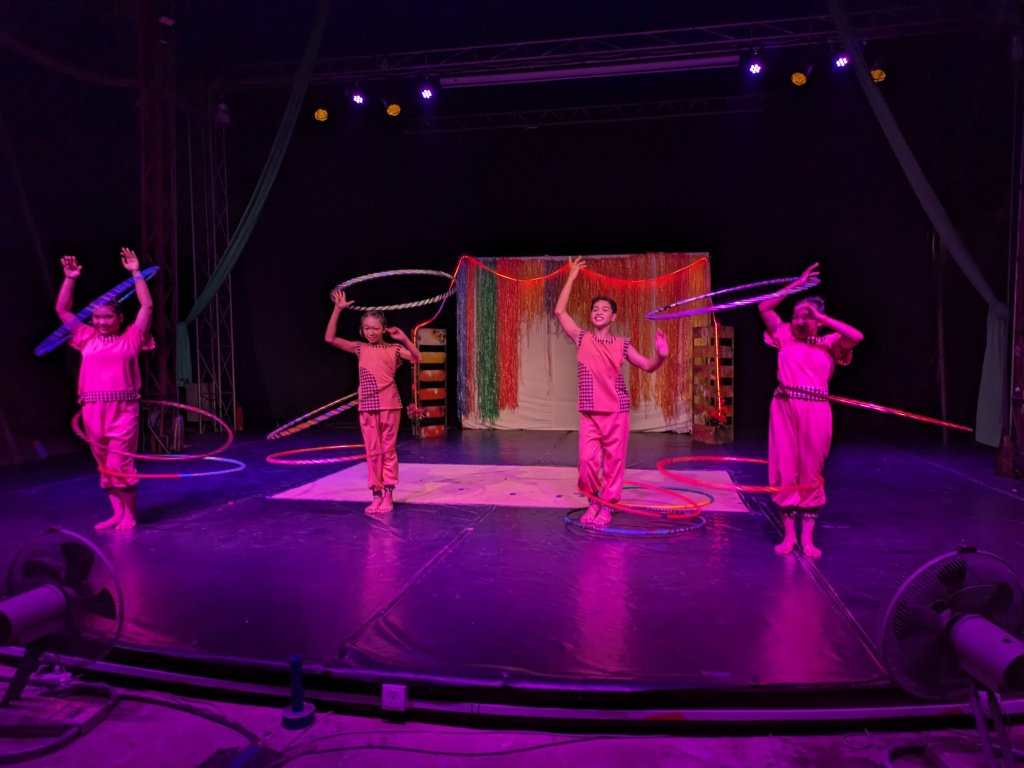
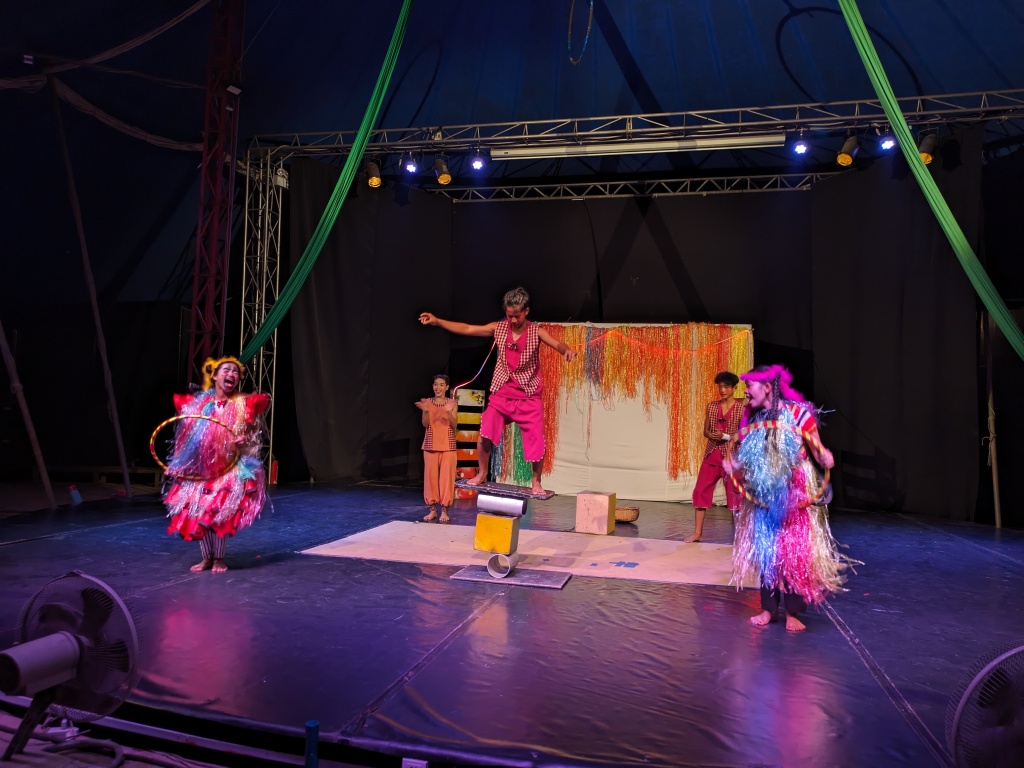
Our time in Cambodia was filled with both the highs and the lows of the Khmer people. We saw everything from the wondrous temples built to showcase the empire at the height of its strength, to the every day life of working people trying to recollect themselves after the collective nightmare of the Khmer Rouge. We learned more about the history and culture of this country and its people than any other place I have ever travelled, and I feel like we’ve still only scratched the surface. Cambodia was a good reminder of why we travel – to broaden our perspectives and learn more about our world.
With our trip across the country complete, we packed our bags yet again, and headed for the border of Thailand. Next stop, Bangkok!
